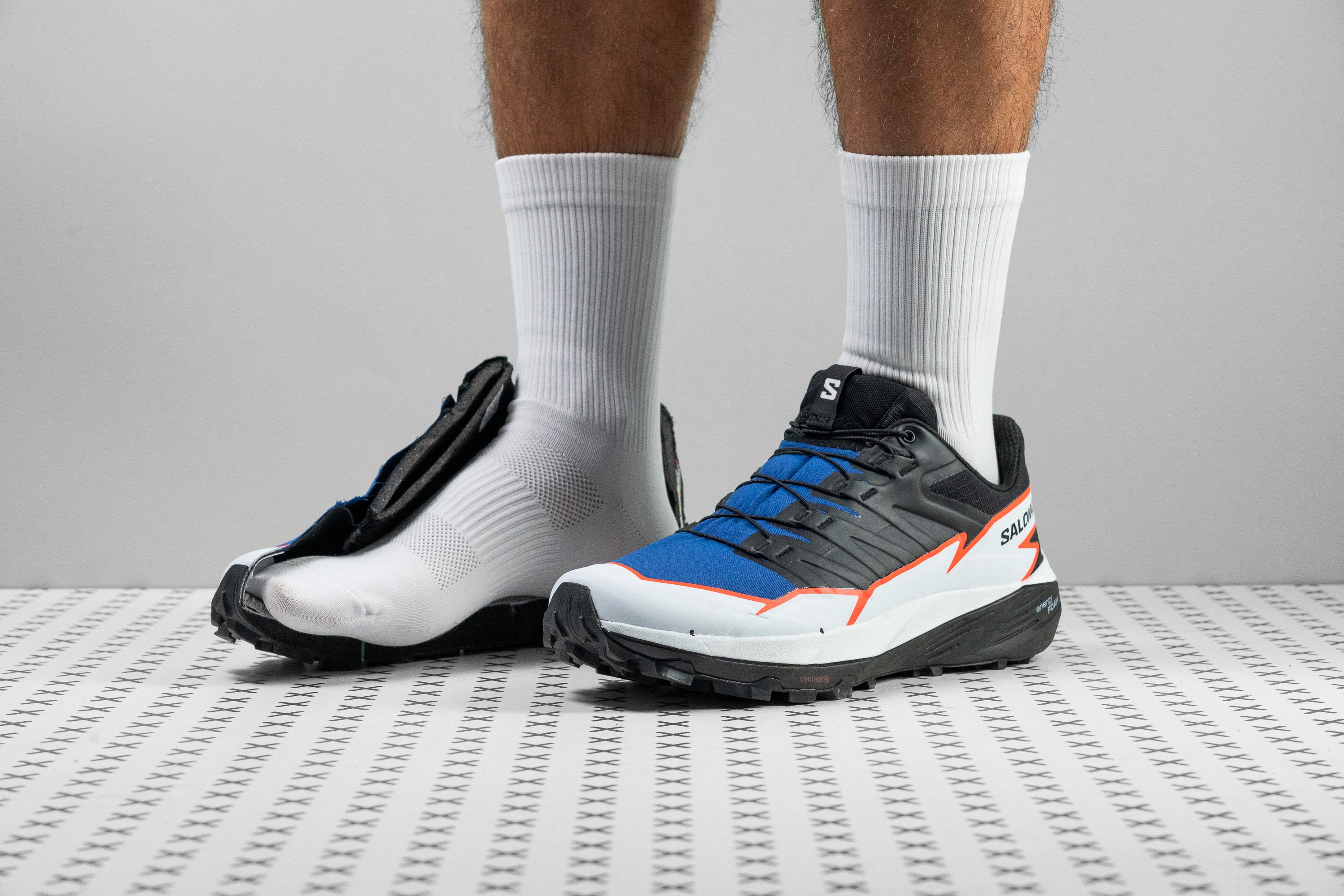Our verdict
Pros
- Exceptional stability
- Highly durable
- Versatile across various paces
- Impressively lightweight
- Quiet on roads
- Reasonably priced at $140
- Great for midfoot and forefoot strikers
- Reasonably priced at $140
- Reasonably priced at $140
Cons
- Not for summer
- Low energy return
- The very low drop may not suit everyone
- Grip needs improvement
Audience verdict
- Top 23% in trail running shoes
- Top 20% in Salomon running shoes
Comparison
The most similar running shoes compared
+ + Add a shoe | |||||
|---|---|---|---|---|---|
| Audience score | 89 Great! | 78 Decent! | 87 Great! | 90 Superb! | |
| Price | £140 | £140 | £165 | £135 | |
| Trail terrain | ModerateTechnical | Moderate | Moderate | ModerateTechnical | |
| Shock absorption | Low | Moderate | Moderate | - | |
| Energy return | Low | Low | Moderate | - | |
| Arch support | Neutral | Neutral | Neutral | Neutral | |
| Weight lab Weight brand | 9.6 oz / 271g 10.2 oz / 290g | 9.8 oz / 278g 9.8 oz / 277g | 10.7 oz / 302g 10.7 oz / 303g | 10.2 oz / 288g 10.1 oz / 286g | |
| Drop lab Drop brand | 3.0 mm 4.0 mm | 4.9 mm 5.0 mm | 4.0 mm 4.0 mm | 4.4 mm 3.0 mm | |
| Strike pattern | Mid/forefoot | Mid/forefoot | Mid/forefoot | Mid/forefoot | |
| Size | True to size | Slightly small | True to size | True to size | |
| Midsole softness | Soft | Balanced | Soft | Soft | |
| Difference in midsole softness in cold | Normal | Small | Small | Normal | |
| Toebox durability | Good | Good | Good | Very good | |
| Heel padding durability | Decent | Good | Good | Decent | |
| Outsole durability | Good | Decent | Good | - | |
| Breathability | Warm | Warm | Moderate | Moderate | |
| Width / fit | Medium | Medium | Medium | Medium | |
| Toebox width | Medium | Medium | Wide | Medium | |
| Stiffness | Moderate | Stiff | Moderate | Stiff | |
| Torsional rigidity | Stiff | Stiff | Stiff | Moderate | |
| Heel counter stiffness | Flexible | Moderate | Flexible | Moderate | |
| Lug depth | 4.0 mm | 4.0 mm | 4.0 mm | 4.4 mm | |
| Heel stack lab Heel stack brand | 27.6 mm 31.0 mm | 32.1 mm 40.0 mm | 30.3 mm 36.0 mm | 30.1 mm 31.0 mm | |
| Forefoot lab Forefoot brand | 24.6 mm 27.0 mm | 27.2 mm 35.0 mm | 26.3 mm 32.0 mm | 25.7 mm 28.0 mm | |
| Widths available | Normal | NormalWide | Normal | Normal | |
| For heavy runners | ✗ | ✓ | ✗ | ✗ | |
| Season | Winter | All seasons | All seasons | All seasons | |
| Removable insole | ✓ | ✓ | ✓ | ✓ | |
| Orthotic friendly | ✓ | ✓ | ✓ | ✓ | |
| Ranking | #97 Top 27% | #329 Bottom 11% | #144 Top 39% | #37 Top 10% | |
| Popularity | #221 Bottom 40% | #53 Top 15% | #98 Top 27% | #300 Bottom 19% |
Who should buy
We recommend the Salomon Thundercross for:
- Adventurers seeking a versatile trail running shoe that does a great job even on challenging terrain.
- Salomon enthusiasts looking for a single, do-it-all shoe for every trail experience.
- Trail runners who favour midfoot or forefoot striking technique and are in search of a low-drop shoe but are not fans of Altra.
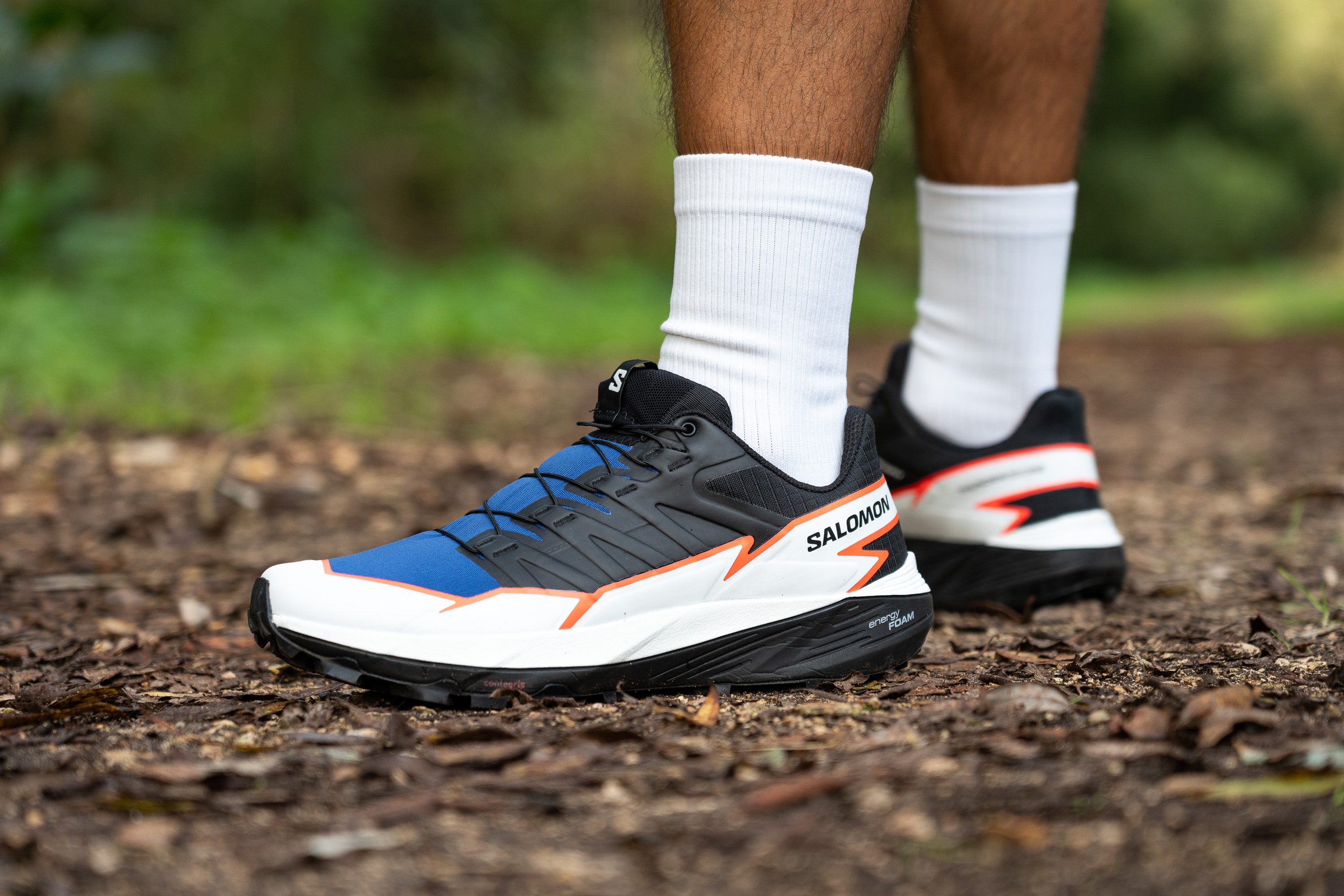
Who should NOT buy
While the Thundercross caters to a broad spectrum of trail runners, in our view it falls short in certain aspects. Its notably low heel-to-toe drop may not suit heel strikers, who might find a better fit with shoes offering a higher offset, like the Nike Pegasus Trail 4 or the Merrell Nova 3.
Additionally, we think it's not the ideal choice for ultra distances due to its limited cushioning. For the long stuff, we suggest considering the Brooks Cascadia 17 or the Hoka Mafate Speed 4 as more suitable alternatives.
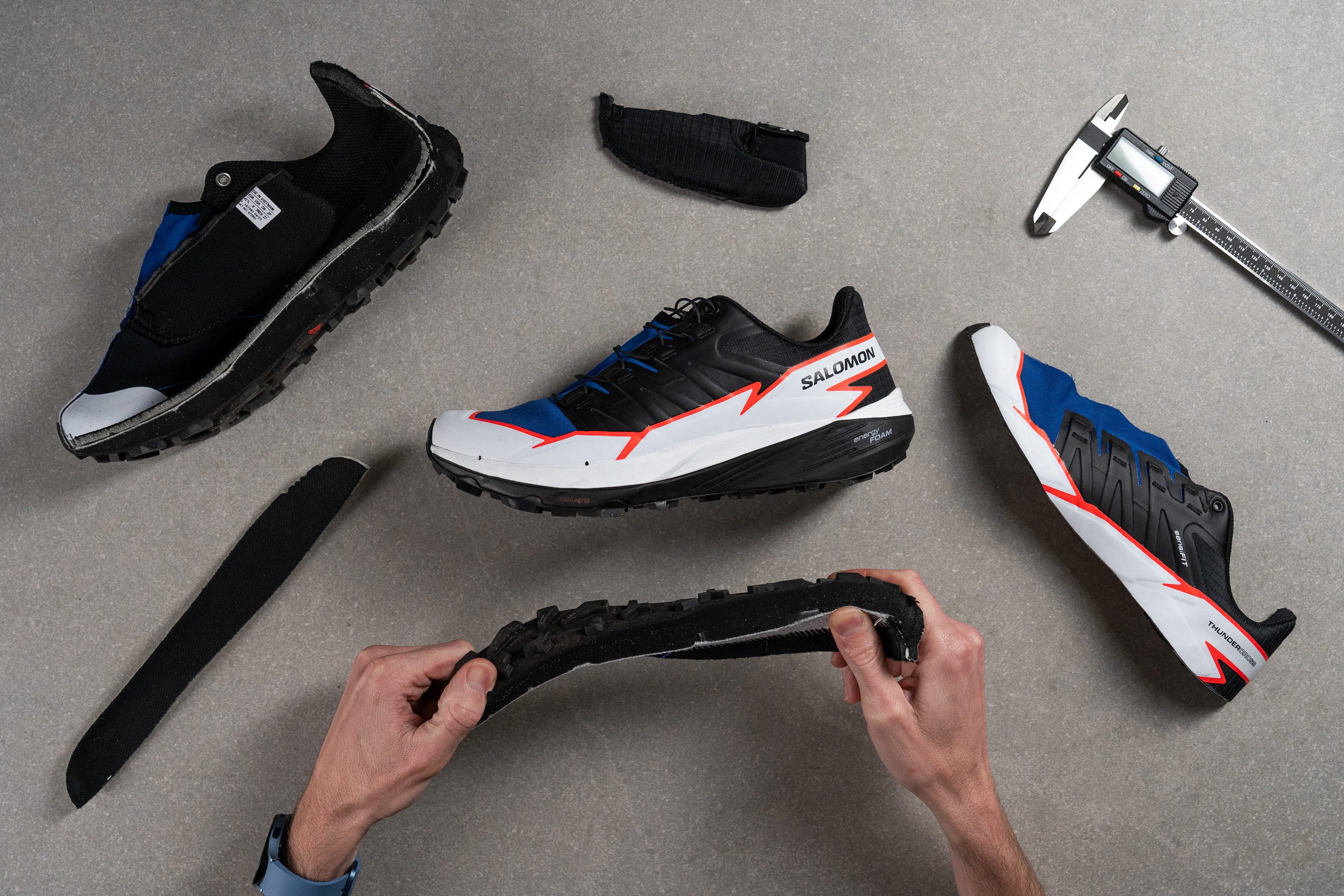
Cushioning
Shock absorption
Salomon is a brand that typically favors ground feel over a highly cushioned ride—something we fully support for technical trails. That’s why finding 104 SA in the heel and 89 SA in the forefoot didn’t feel like a letdown, but rather a nod to loyal Salomon users.
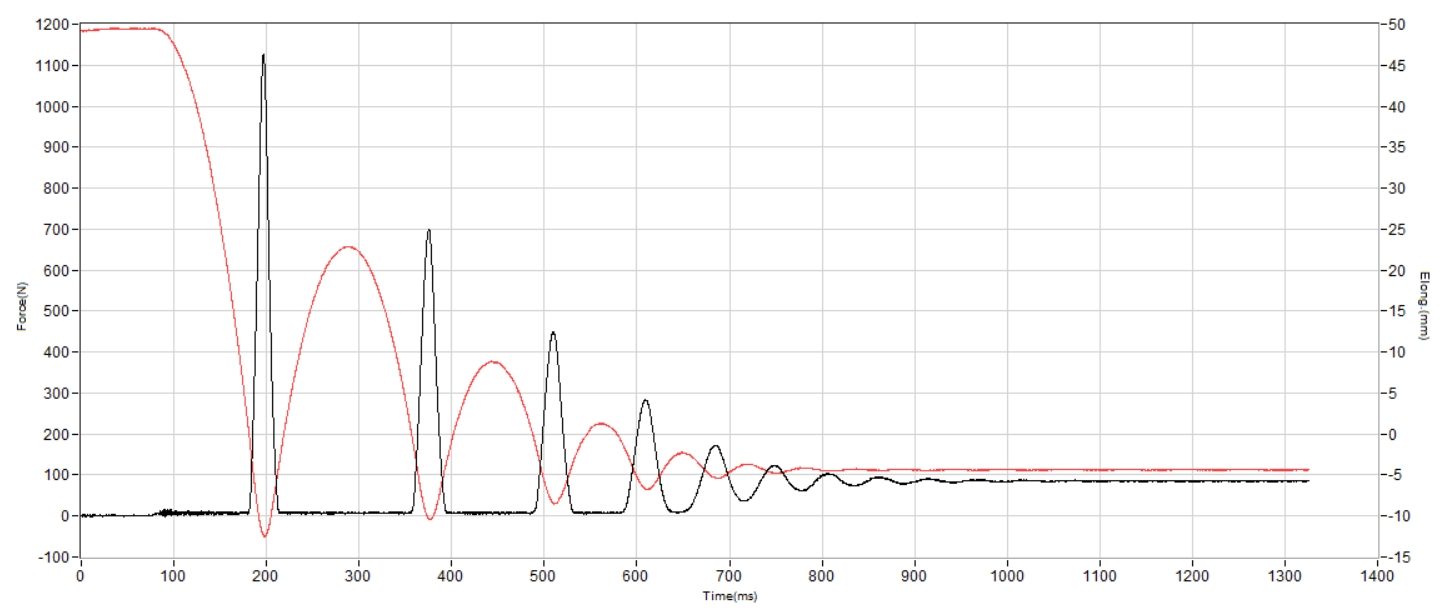
| Thundercross | 104 SA |
| Average | 122 SA |
Energy return
Where Salomon really needs to step up is in energy return. This shoe’s 47.5% result feels clearly underwhelming, and we hope the next version pushes closer to 60%, more in line with today’s standards.
| Thundercross | 47.5% |
| Average | 55.6% |
Heel stack
However, the main explanation of the weight lies in the low stack height.
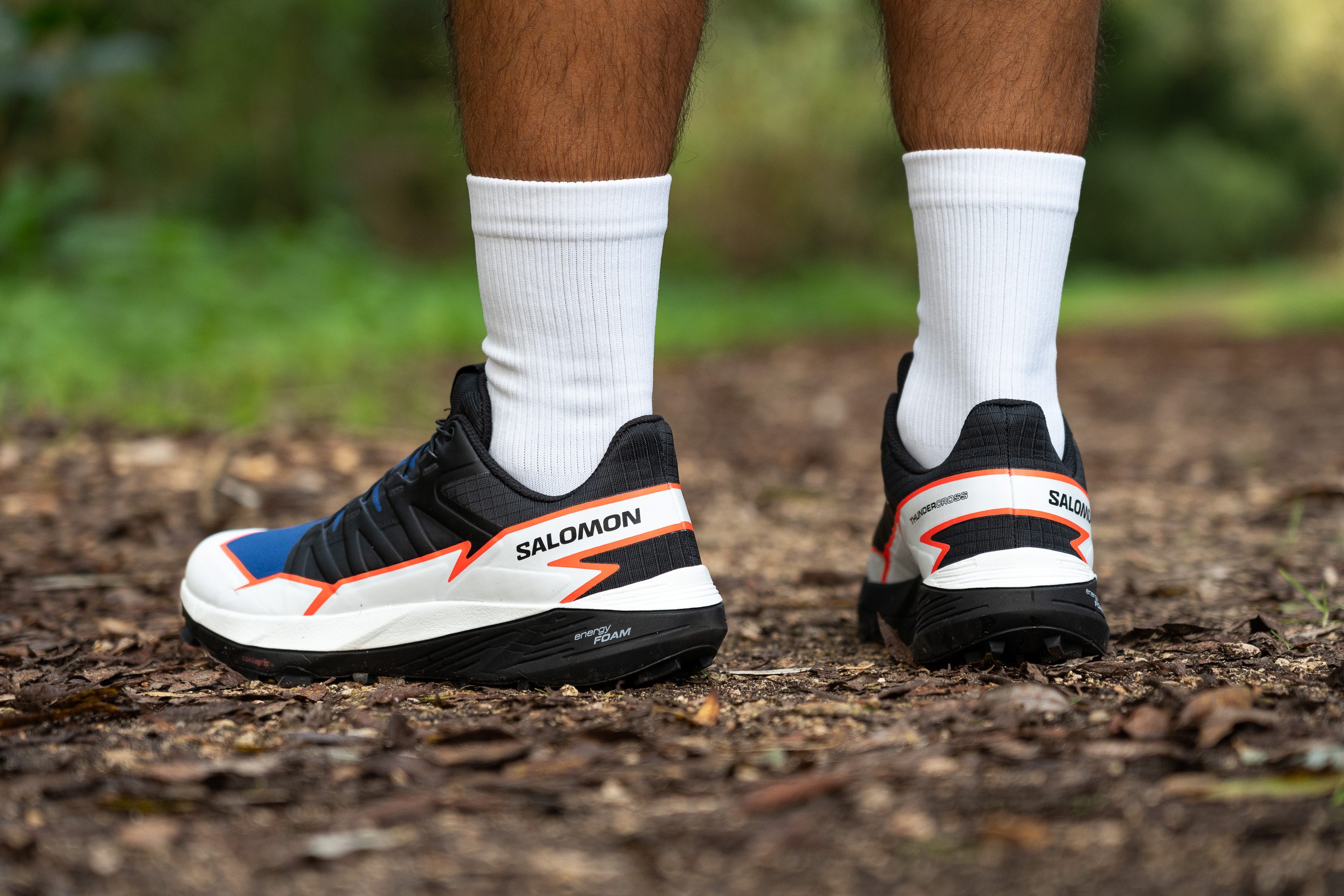
At just 27.6 mm, there's significantly less foam in the heel than usual, making the shoe less appealing for rearfoot strikers.
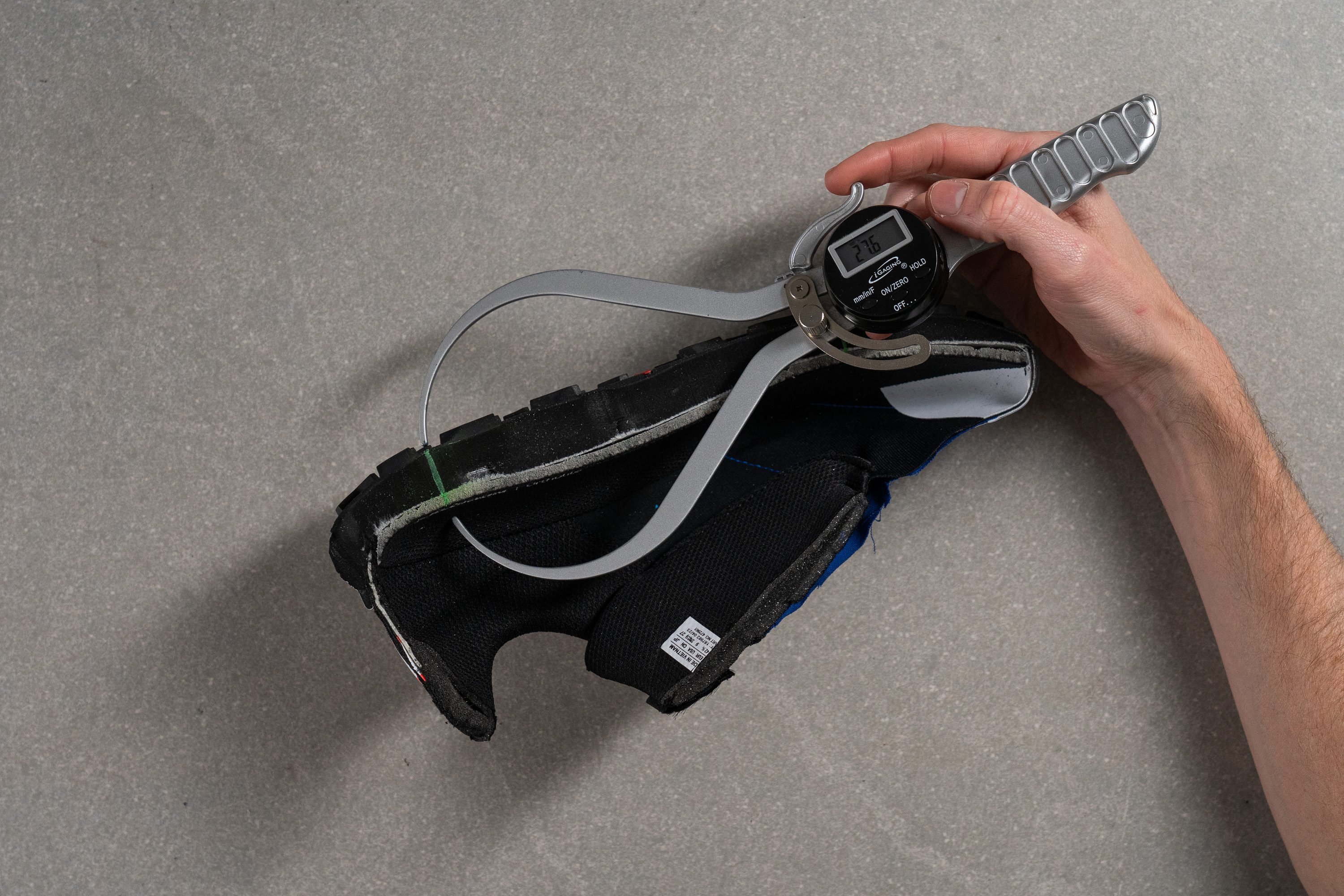
| Thundercross | 27.6 mm |
| Average | 32.6 mm |
Forefoot stack
In the forefoot, we measured a standard stack height of 24.6 mm.
This is the ideal approach for an all-rounder shoe, so it's clear that Salomon wants the Thundercross to be versatile—suitable for a bit of everything in terms of both paces and distances!
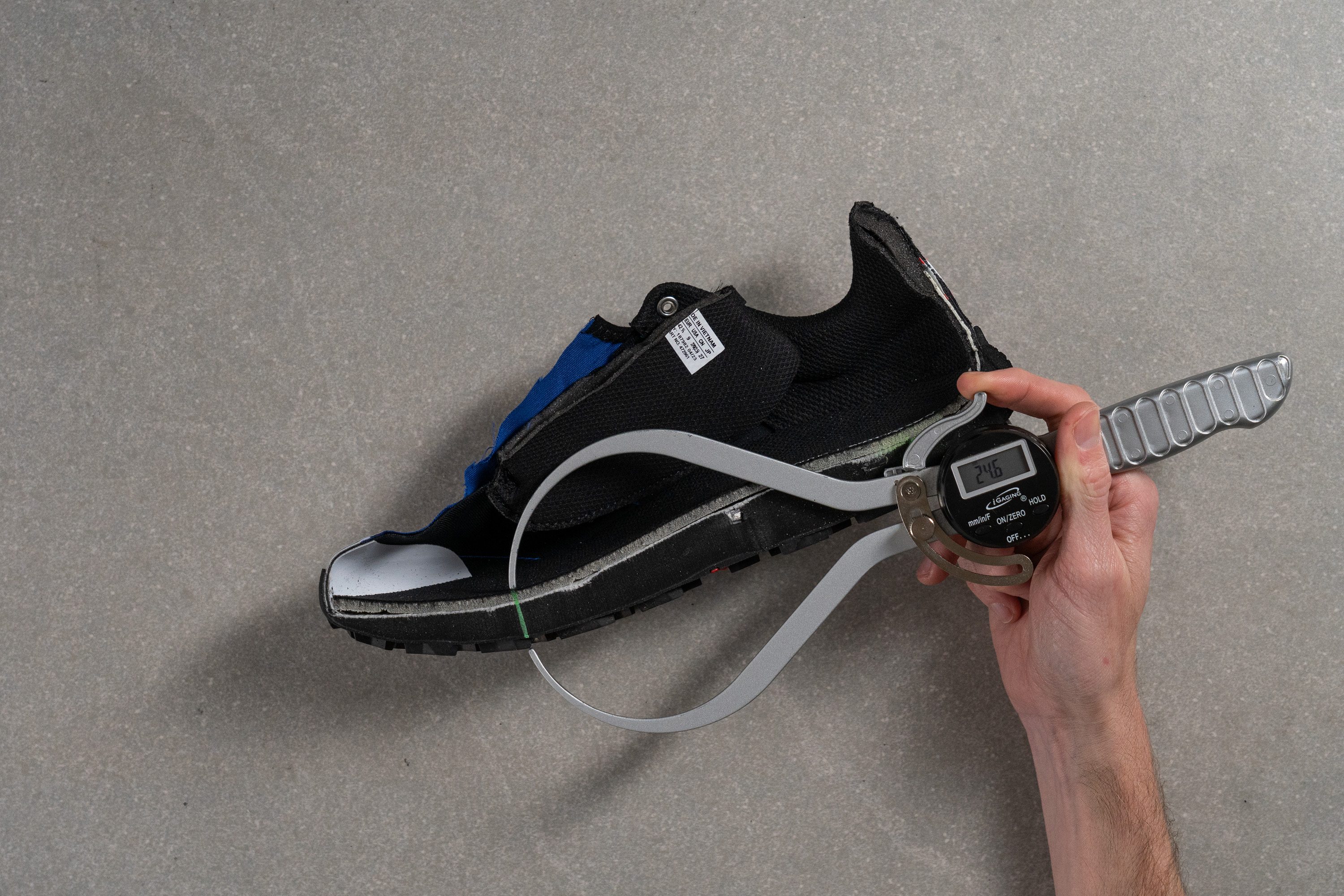
| Thundercross | 24.6 mm |
| Average | 25.1 mm |
Drop
However, it's not the best option for everyone. With an extremely low drop of 3.0 mm, it's mainly designed for forefoot strikers and possibly midfoot strikers.
Heel strikers need to be comfortable with low-drop shoes like those from Altra; otherwise, we don't think they're a great choice for them.
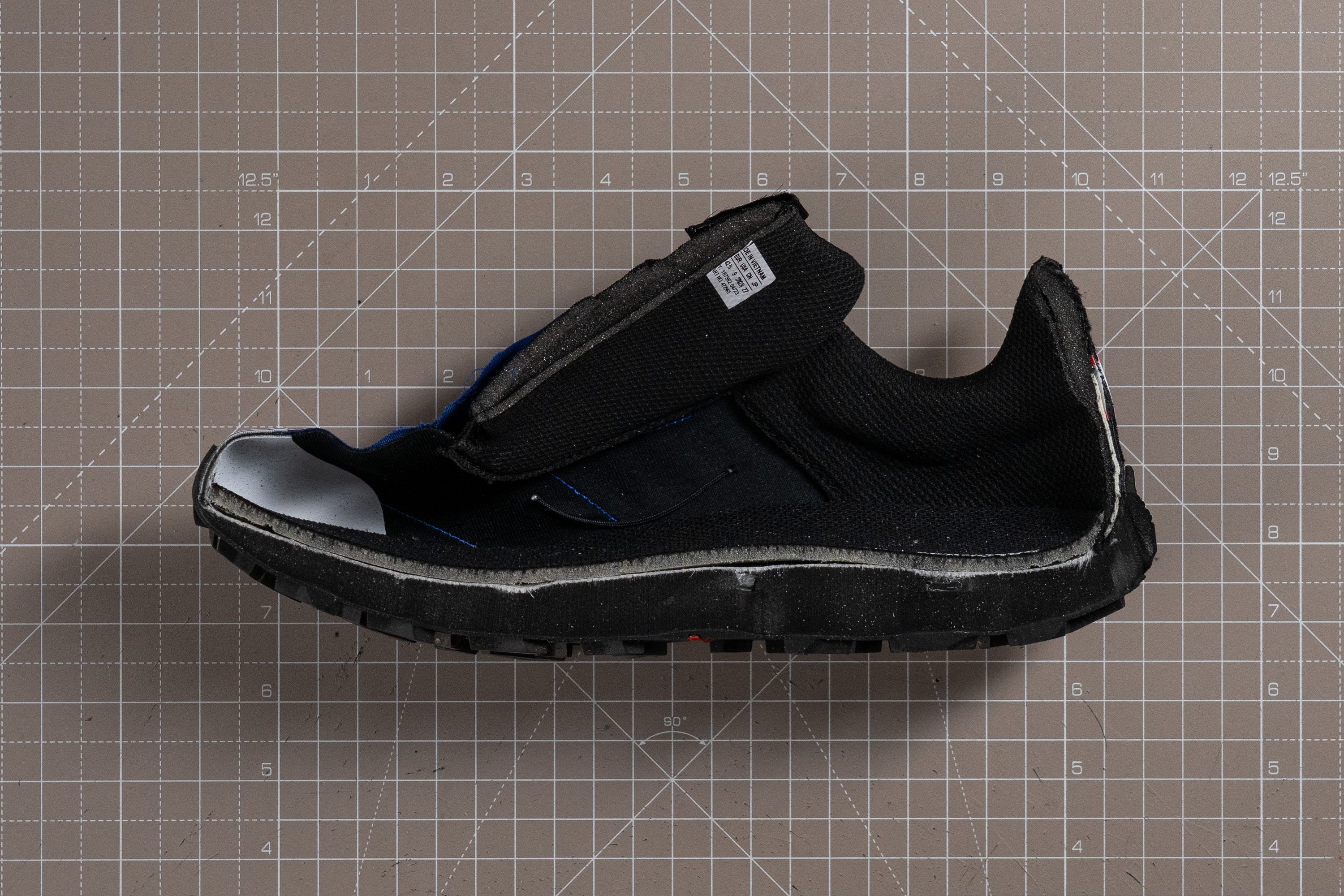
| Thundercross | 3.0 mm |
| Average | 7.5 mm |
Midsole softness
Now, let's go with the midsole. The Thundercross is equipped with EnergyFOAM, an EVA+OBC mix.
Blending OBC (Olefin) with EVA brings several advantages, like enhanced resilience and energy return. We clocked its softness at 19.4 HA.
We can confidently confirm that the shoe doesn’t feel like a typical, hard EVA midsole. In fact, it offers a truly enjoyable and fun ride!
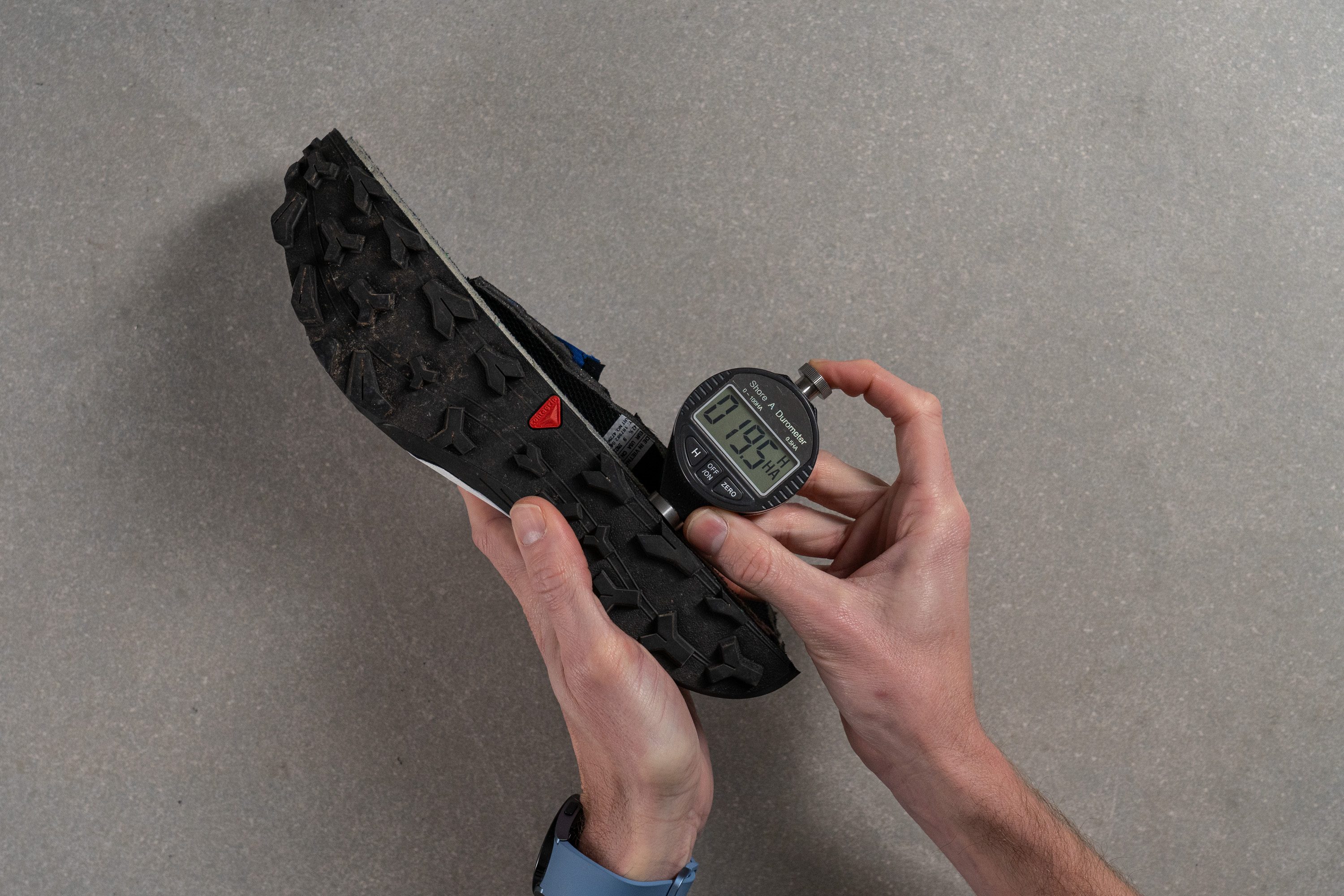
| Thundercross | 19.4 HA |
| Average | 21.9 HA |
Size and fit
Size
Salomon Thundercross fits true to size (19 votes).
Width / Fit
Salomon has a long-standing reputation for its snug, narrow uppers, but the Thundercross actually defies this trend. Retrieving the gel mould of its interiors, we were surprised by the measurements.
Checking the mould's width between the big toe and the pinkie, our calliper showed 96.6 mm. This is even slightly wider than average! Not enough to claim it wide, obviously, but it is surprisingly roomy for a Salomon shoe.
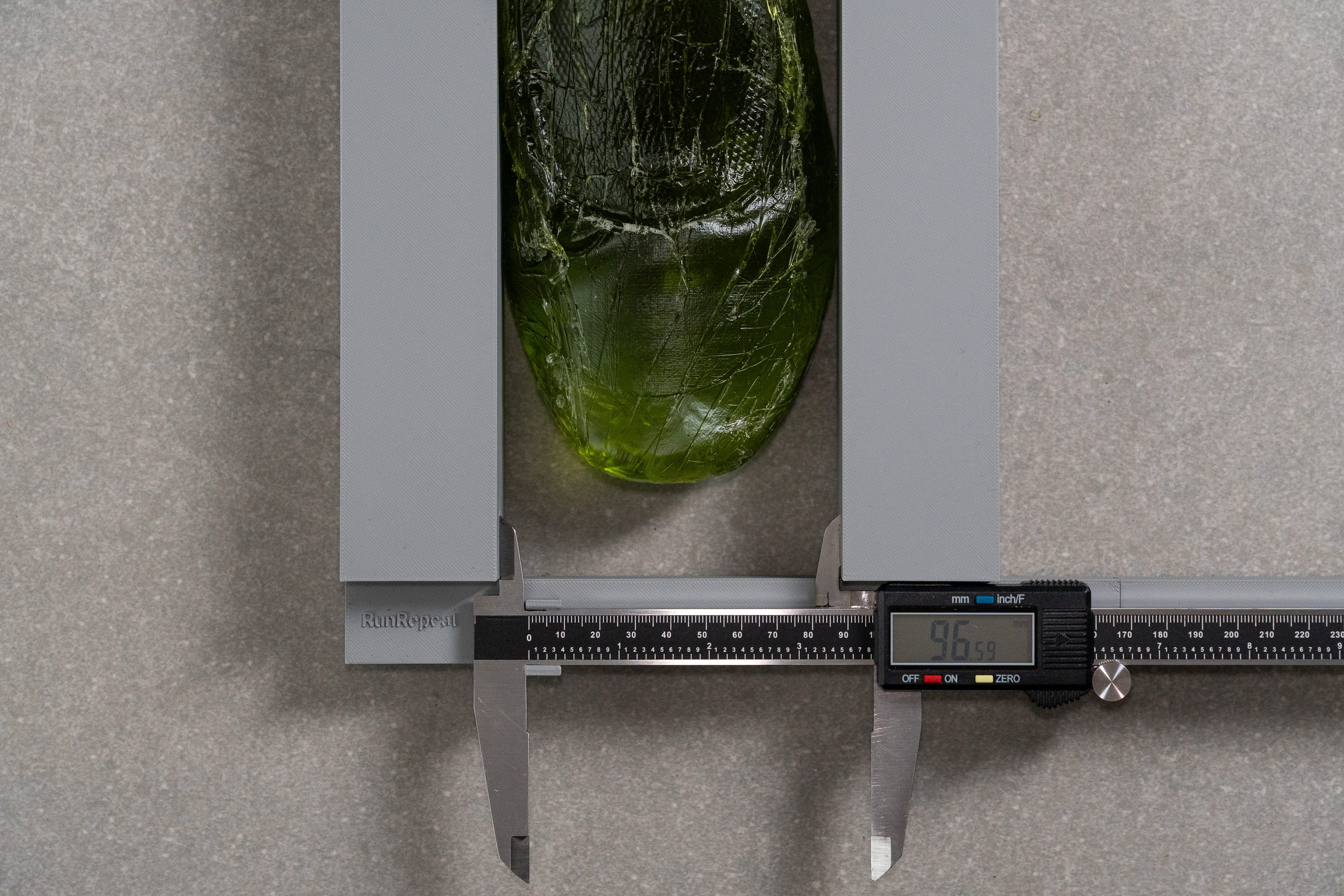
| Thundercross | 96.6 mm |
| Average | 95.7 mm |
Toebox width
We couldn't help but notice the shoe's rounded toebox shape either. Measuring its width in the big toe area returned a standard reading of 75.1 mm which is exactly what we've come to expect from a medium-width trail running shoe.
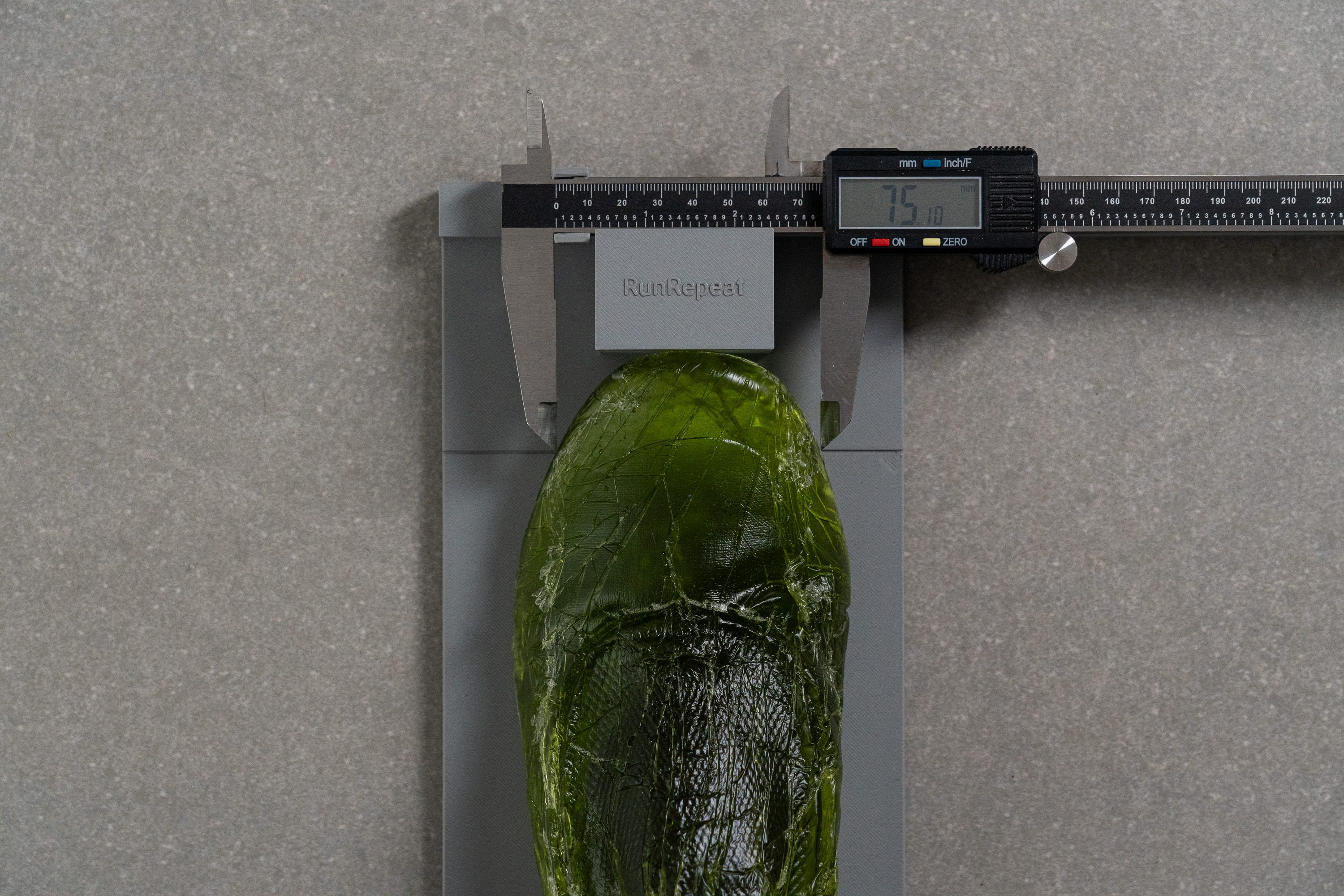
| Thundercross | 75.1 mm |
| Average | 74.7 mm |
Toebox height
However, the shoe's shallow toebox revealed its Salomon legacy with a lower calliper reading of 24.0 mm.
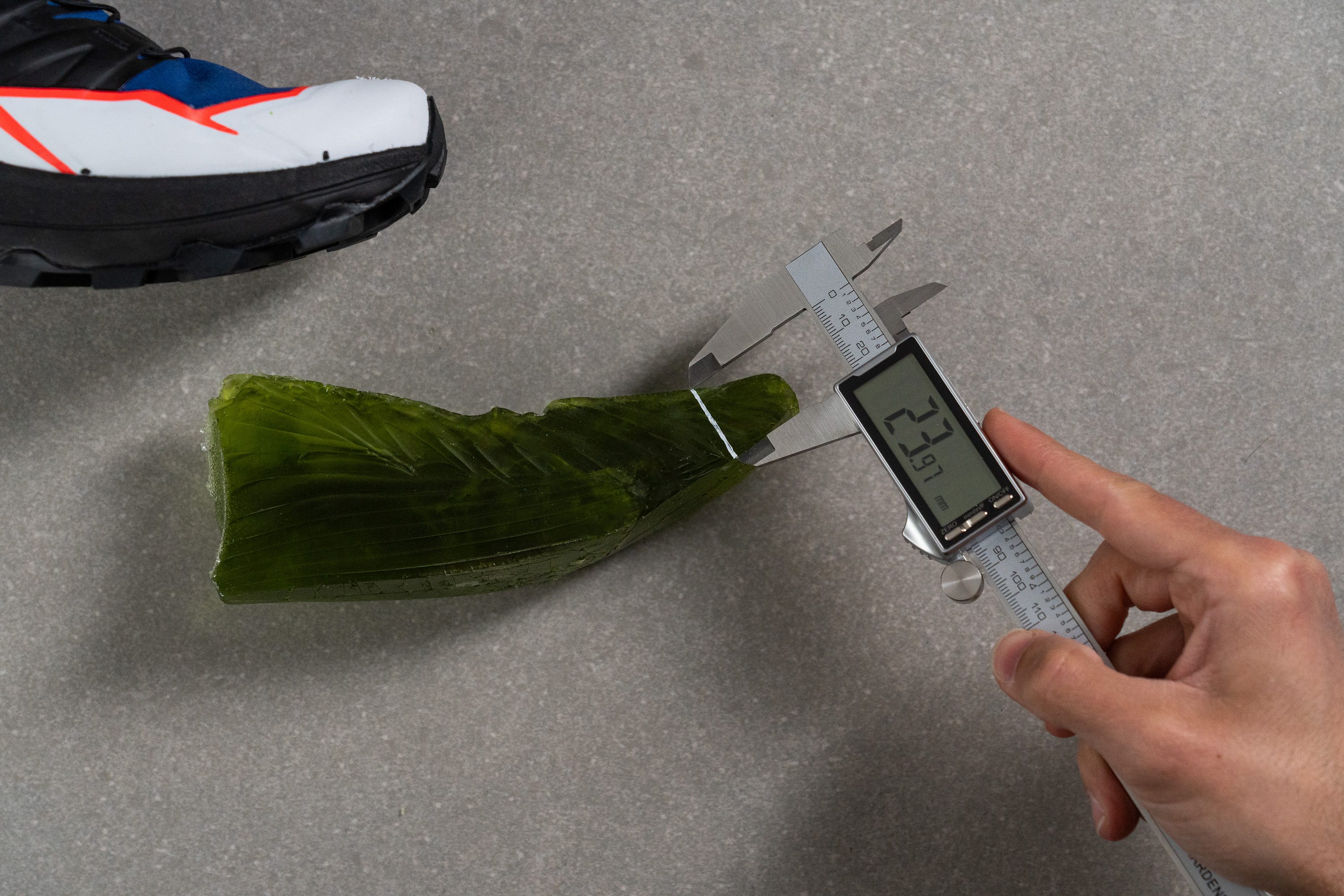
| Thundercross | 24.0 mm |
| Average | 27.1 mm |
Traction / Grip
Forefoot traction
Traction was clearly disappointing on the Salomon Thundercross. We recorded a very low 0.18 in our grip test—one of the weakest results we’ve seen—which doesn’t inspire much confidence for those expecting a secure underfoot feel.
| Thundercross | |
| Average | 0.60 |
Lug depth
We're now focusing again on the outsole, specifically one of the most crucial aspects of any trail running shoe—the lugs of the Contagrip outsole.
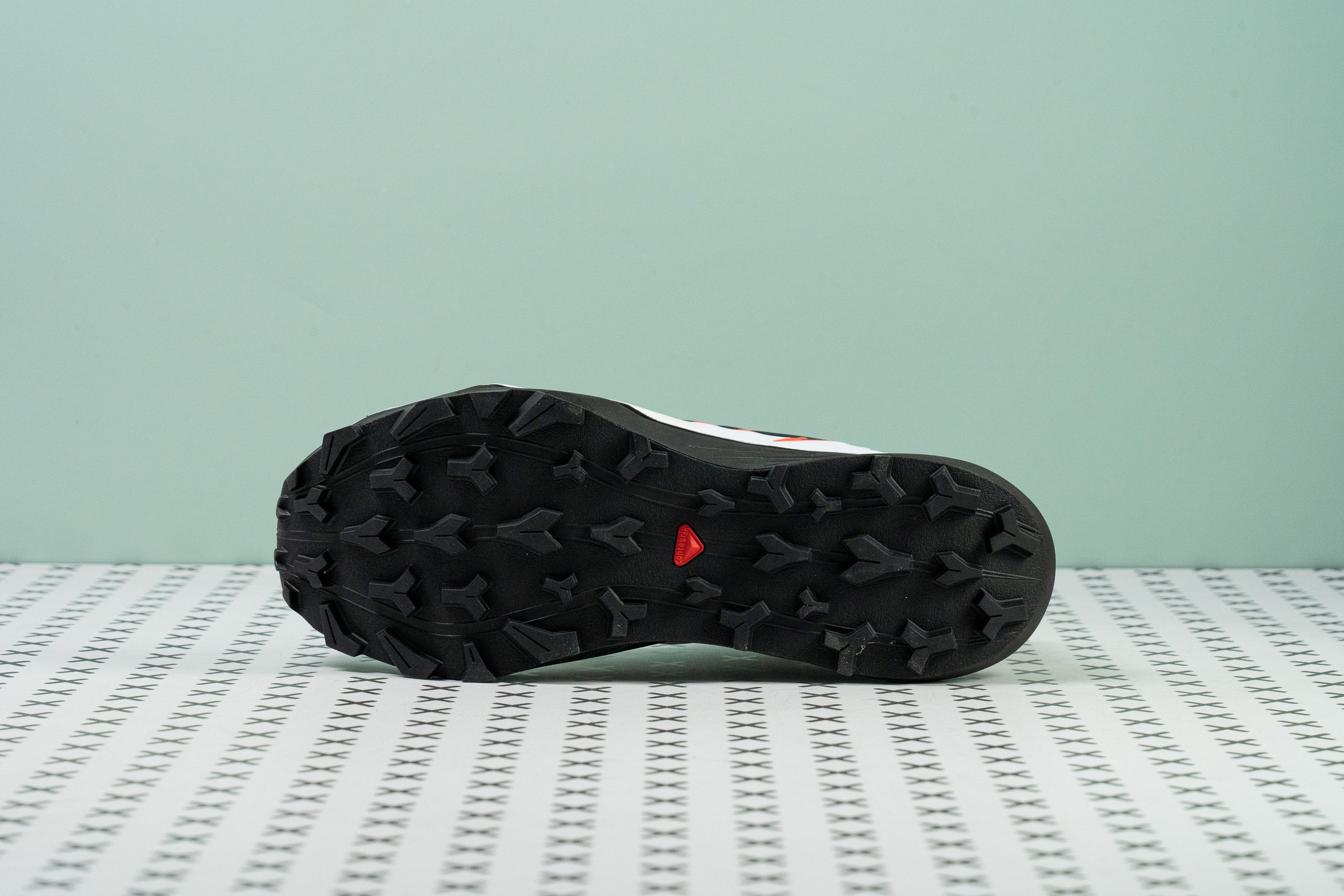
Salomon has chosen 4.0-mm lugs, which are slightly longer than what most all-around trail shoes typically have (3.0 to 3.5 mm).
We think this is a smart move from Salomon, as it positions the shoe better for technical terrain or muddy areas, rather than just being suitable for easy trails like fire roads.
Additionally, the lug pattern significantly differs from road-to-trail shoes or the most versatile ones. We observed aggressive, chevron-shaped lugs, designed to excel on downhills and uphills, while sacrificing a bit of traction on completely flat trails.
Let's say that it sits in the middle of the Sense Ride 5 (easy trails) and the Speedcross 6 (challenging terrain).
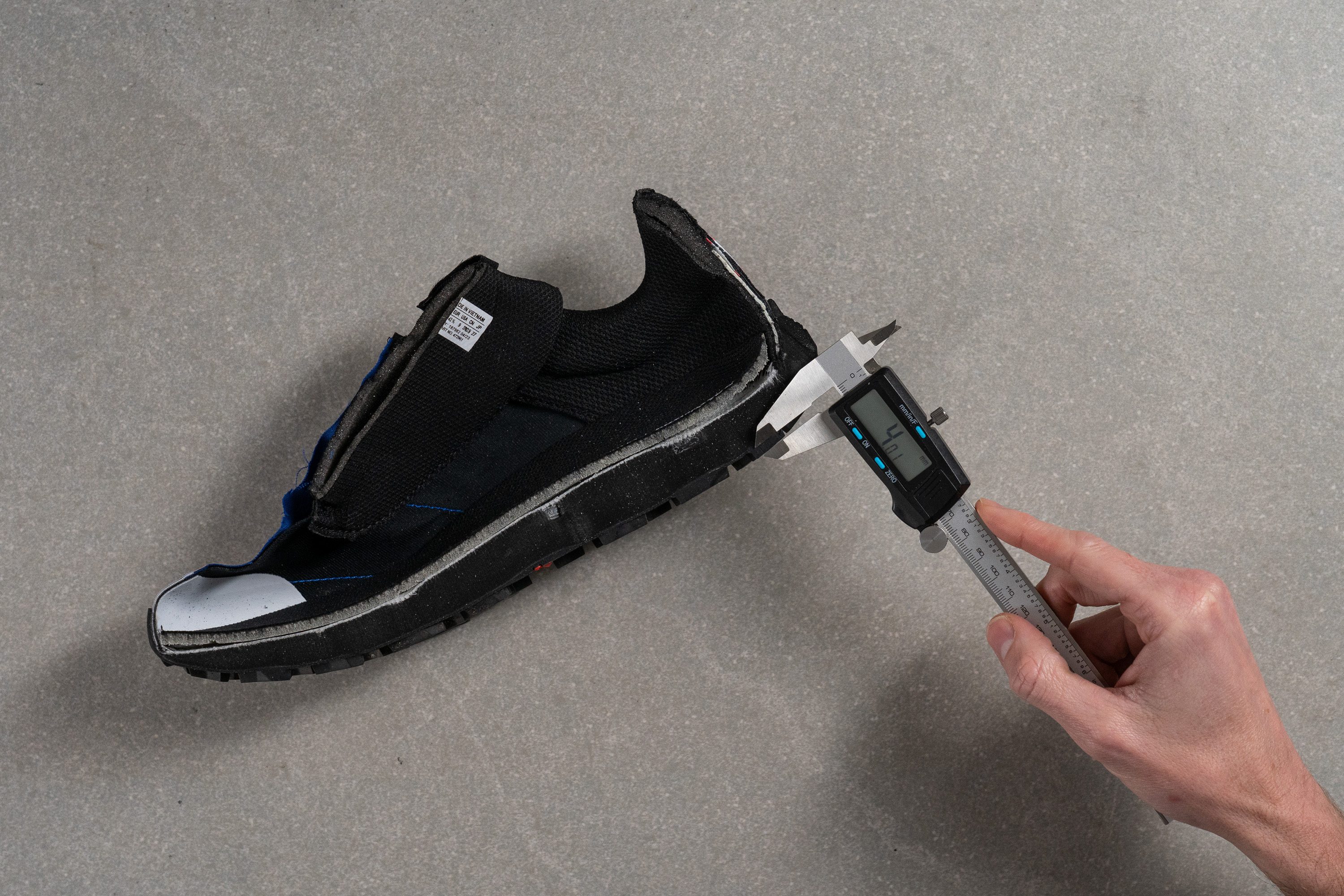
| Thundercross | 4.0 mm |
| Average | 3.5 mm |
Outsole design
The outsole of the Salomon Thundercross features full-length rubber with deep lugs spaced widely apart. This high-clearance layout is intended for aggressive terrain and mud-shedding, but the large gaps between lugs reduce overall ground contact and that also explains the low score we found before.
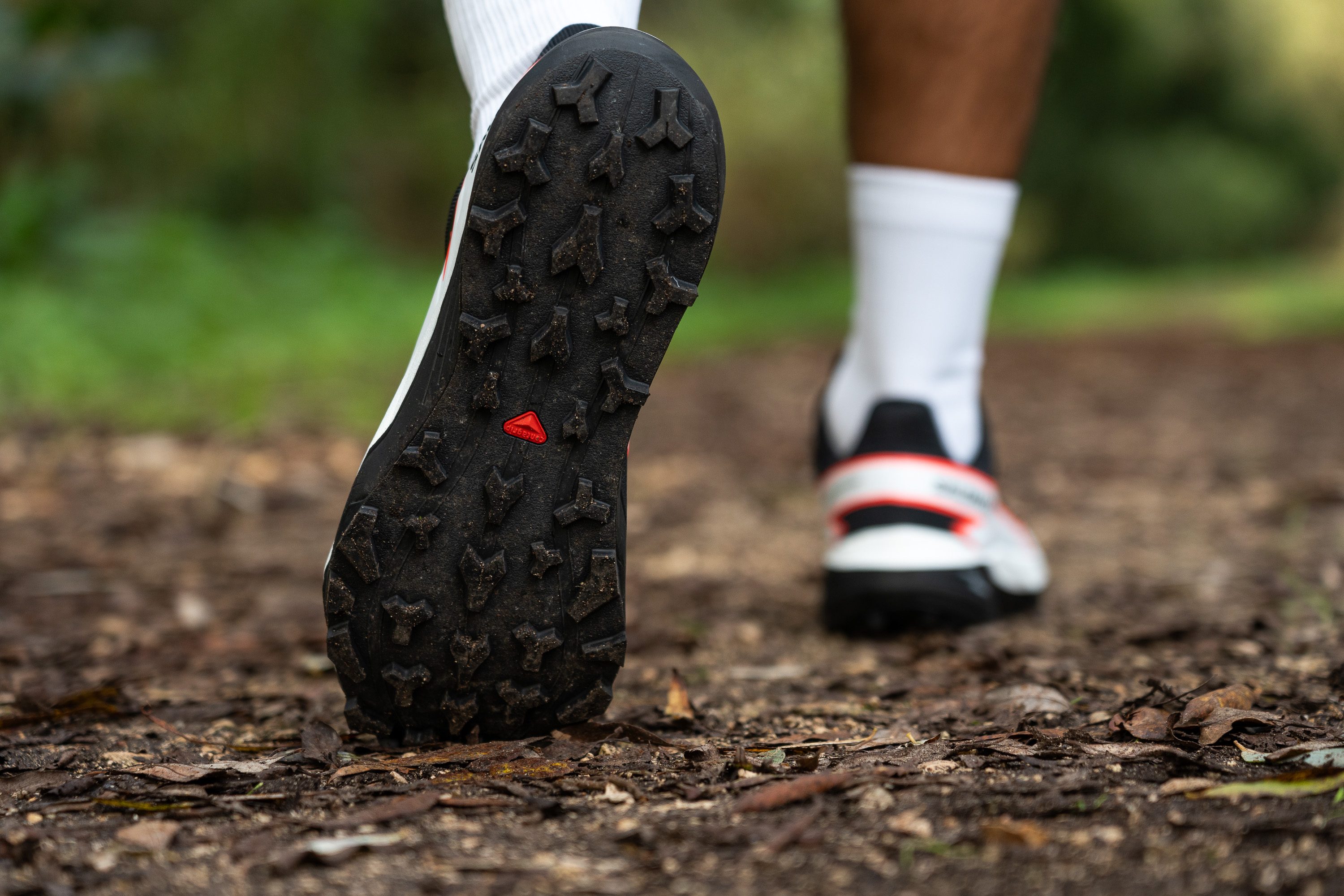
Flexibility / Stiffness
The shoe is rigid torsionally, but it's a bit more flexible lengthwise, which aligns with Salomon's intention for it to be suitable for walking or hiking as well. In our 30-degree bend test, we had to apply 16.5N of force to bend the shoe to the desired point, which is around the average. Still, we would've wanted a bit more flex...
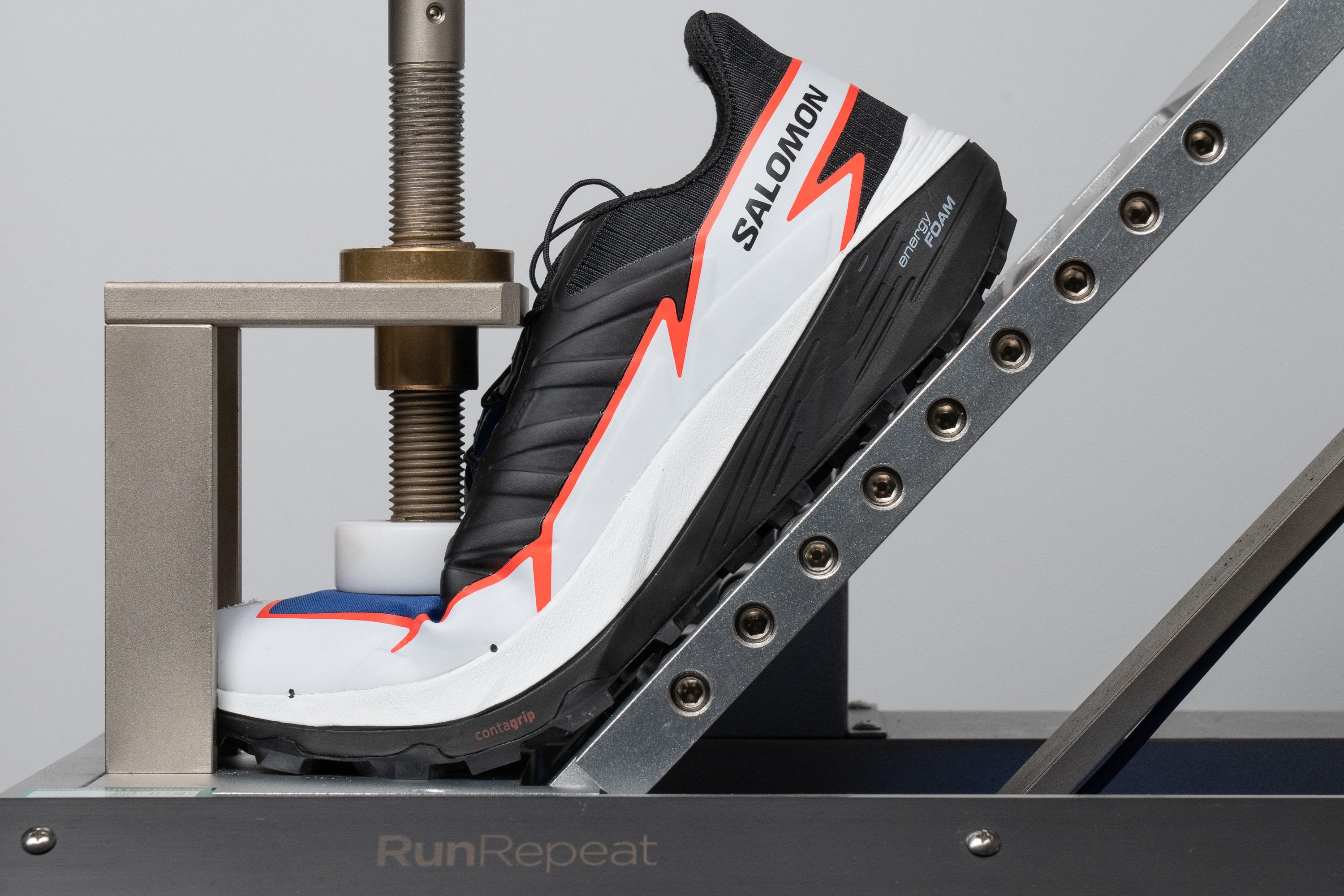
| Thundercross | 16.5N |
| Average | 14.6N |
Stiffness in cold
We repeated the 20-minute freezer test to understand the shoe's stiffness in harsh winter conditions. After that, we needed to exert 36.3N of force to bend the shoe.
| Thundercross | 36.3N |
| Average | 35.9N |
Stiffness in cold (%)
That's just a 24.2% difference, a great result that outperforms almost every other trail running shoe. Why does this happen?
As we explained earlier, mixing EVA foam with OBC results in much better performance for the midsole and ensures consistency across a range of temperatures.
| Thundercross | 24% |
| Average | 32% |
Weight
This is one of those shoes that looks bulkier than it actually is. Salomon did an excellent job keeping it below the 10-oz benchmark, with a weight of only 9.6 oz or 271g.
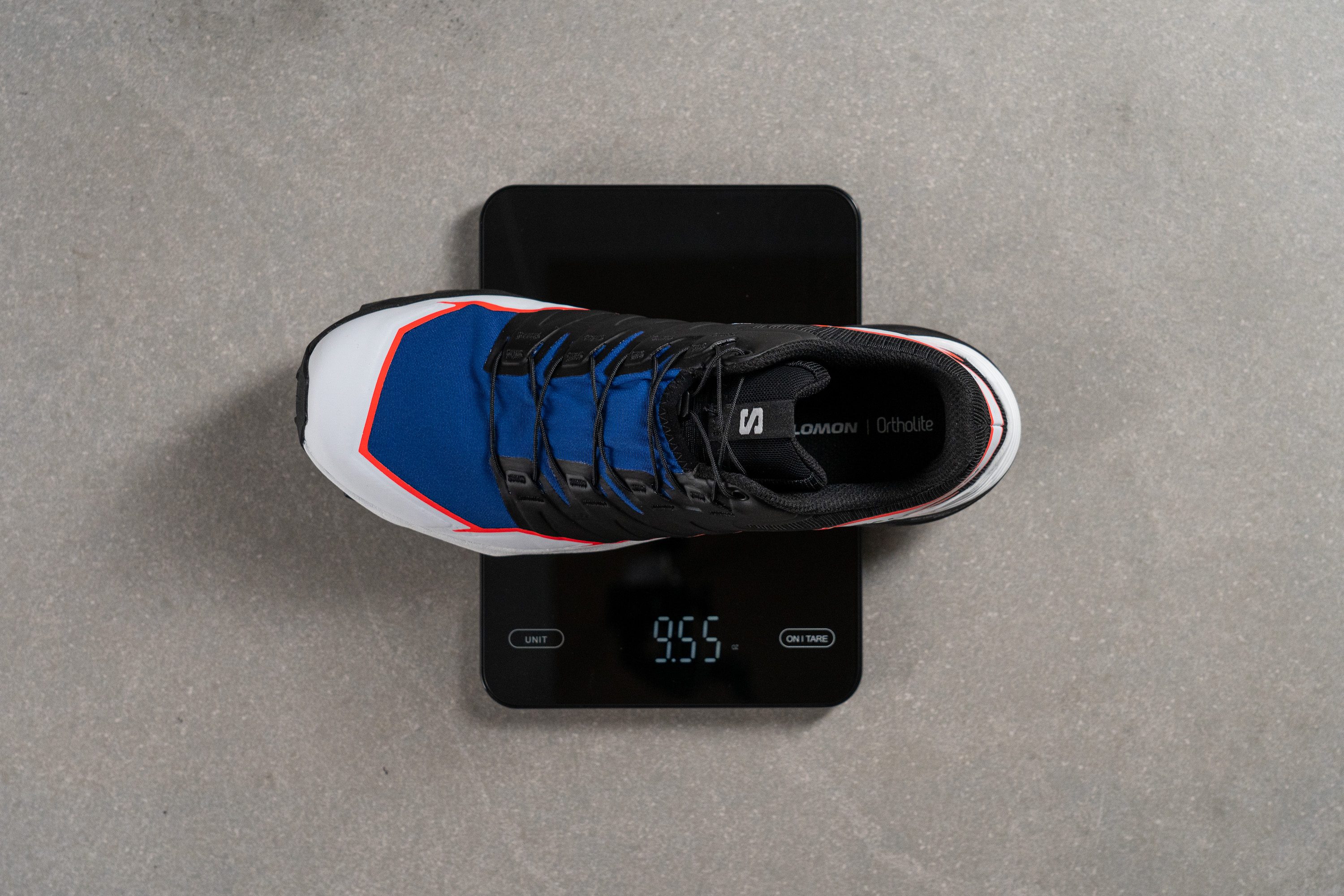
| Thundercross | 9.6 oz (271g) |
| Average | 10.2 oz (289g) |
Breathability
One of the first things we love to do in the lab right after unboxing a shoe is to touch the upper and try to gauge the breathability. In this case, it was pretty clear from the start that airflow would be extremely limited. But, we needed to see how it would perform in the smoke test!
Our observation confirmed that airflow is minimal, with only a bit of smoke escaping through the upper part of the tongue. That's a 1/5 rating, and if we could go lower, we would. It's on par with most Gore-Tex shoes.
Looking for more evidence of the limited airflow, we went to examine the cut-in-half shoe under our light. As expected, no light passed through the upper, confirming the virtually nonexistent ventilation.
Next, we turned to the microscope.
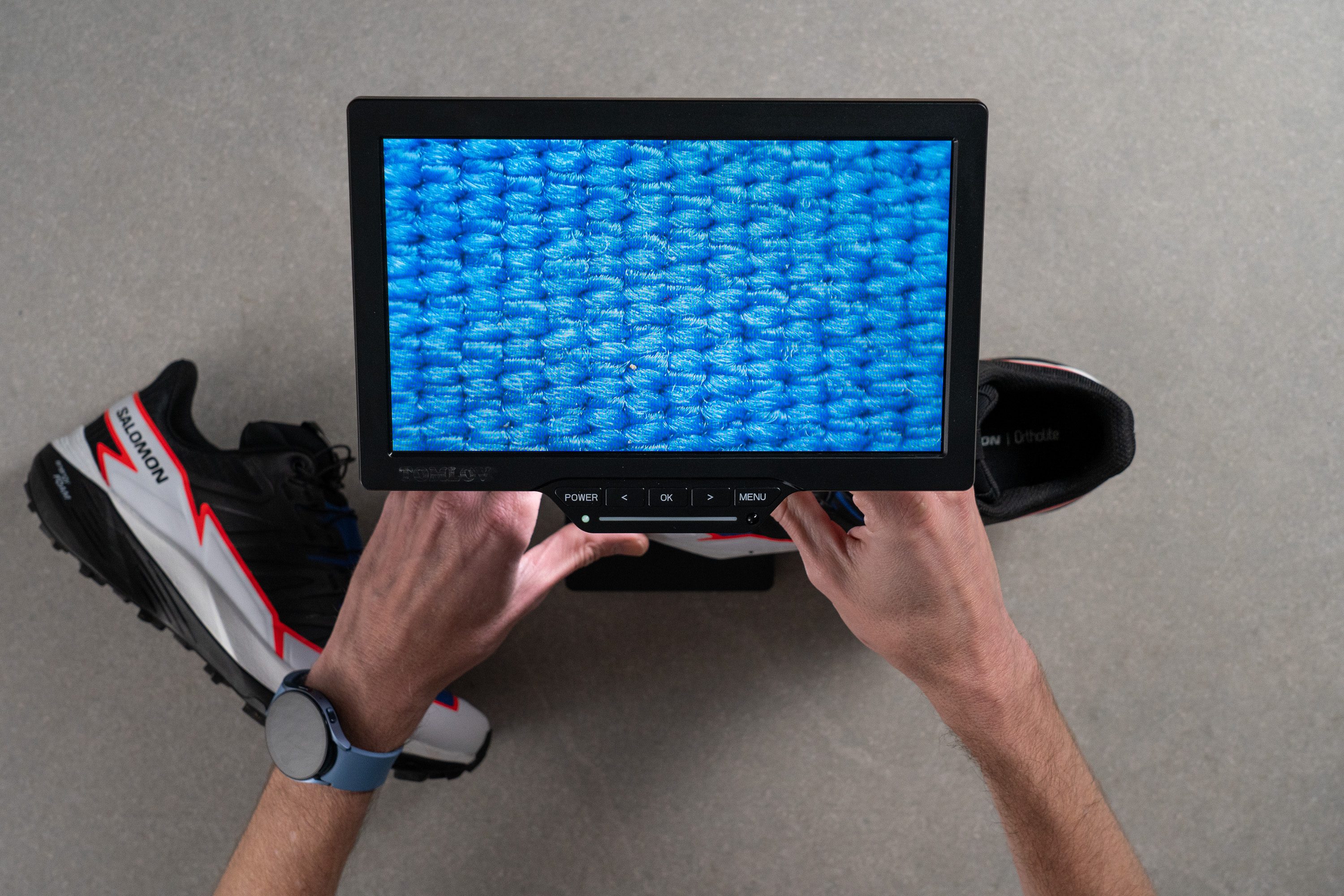
There, we observed a thick, dense engineered mesh with absolutely no ventilation holes—not even in the threads. This is clearly a deliberate design choice by Salomon, likely aiming for durability and suitability for cold climates.
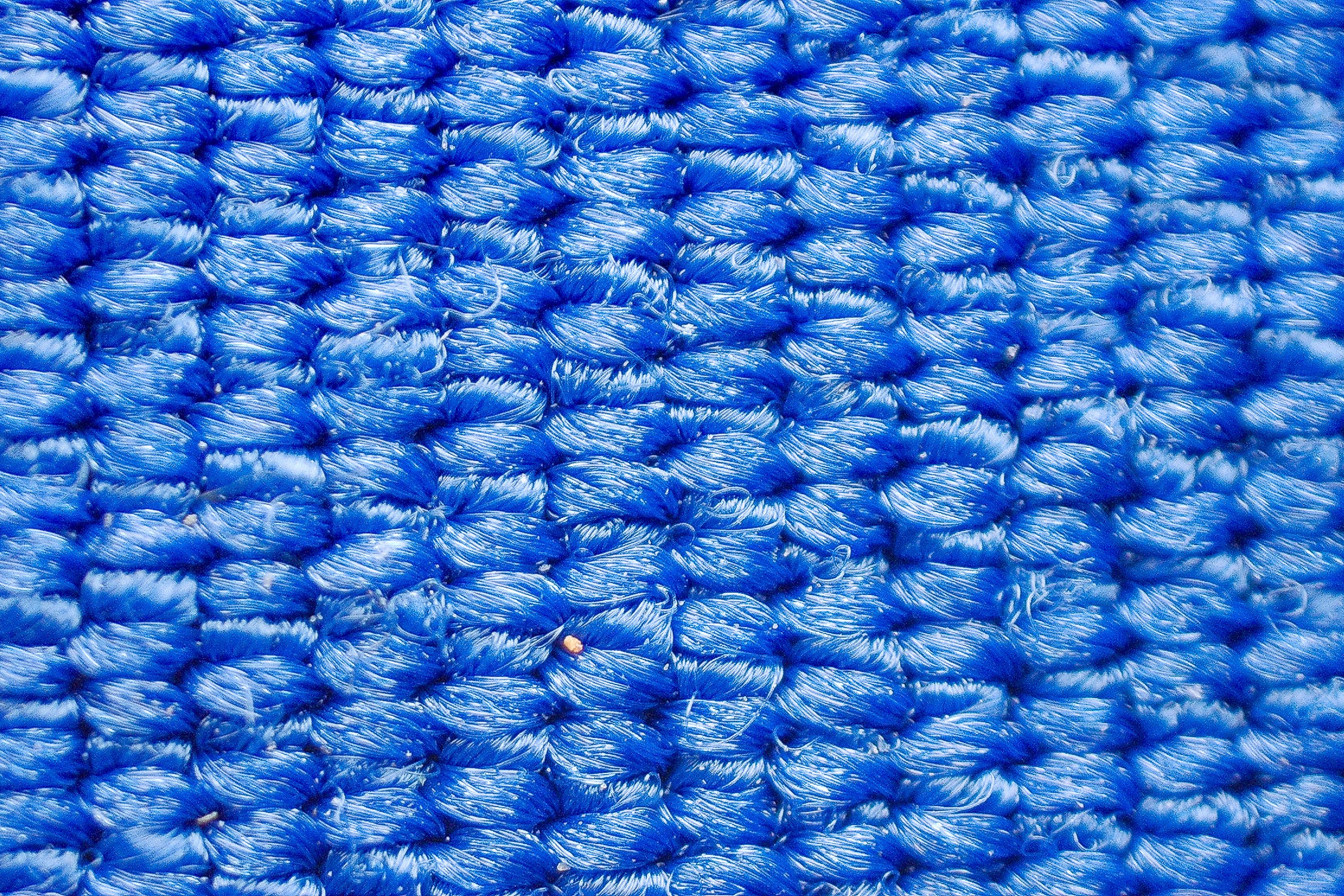
Finally, the upper isn't elastic at all, so it won't stretch over time, meaning ventilation isn’t likely to improve.
| Thundercross | 1 |
| Average | 3.2 |
Stability
Lateral stability test
Though the Thundercross isn't a stability shoe by design, on certain terrains it performs as admirably as one.
The combination of its relatively low stack, a well-balanced midsole, and a low drop, all contribute to an undeniably stable ride. And we loved it.
Torsional rigidity
The lower stack height plays a key role in the stable ride we talked about earlier. However, a major factor in this stability is the shoe's high torsional rigidity that we rated at 4/5.
| Thundercross | 4 |
| Average | 3.6 |
Heel counter stiffness
The heel counter actually takes the opposite approach. With a rating of only 2/5, it's soft, clearly aiming to be comfortable for all-day wear and to avoid an intrusive ride.
At the same time, given its low drop, there's no need to add much guidance in the rearfoot, as the shoe is already tailored towards midfoot and forefoot strikers.
| Thundercross | 2 |
| Average | 3 |
Midsole width - forefoot
The forefoot of the shoe, at its widest point, measures 113.0 mm. This adds to the array of features in this shoe that hover around average, aiming to create the ultimate jack-of-all-trades.
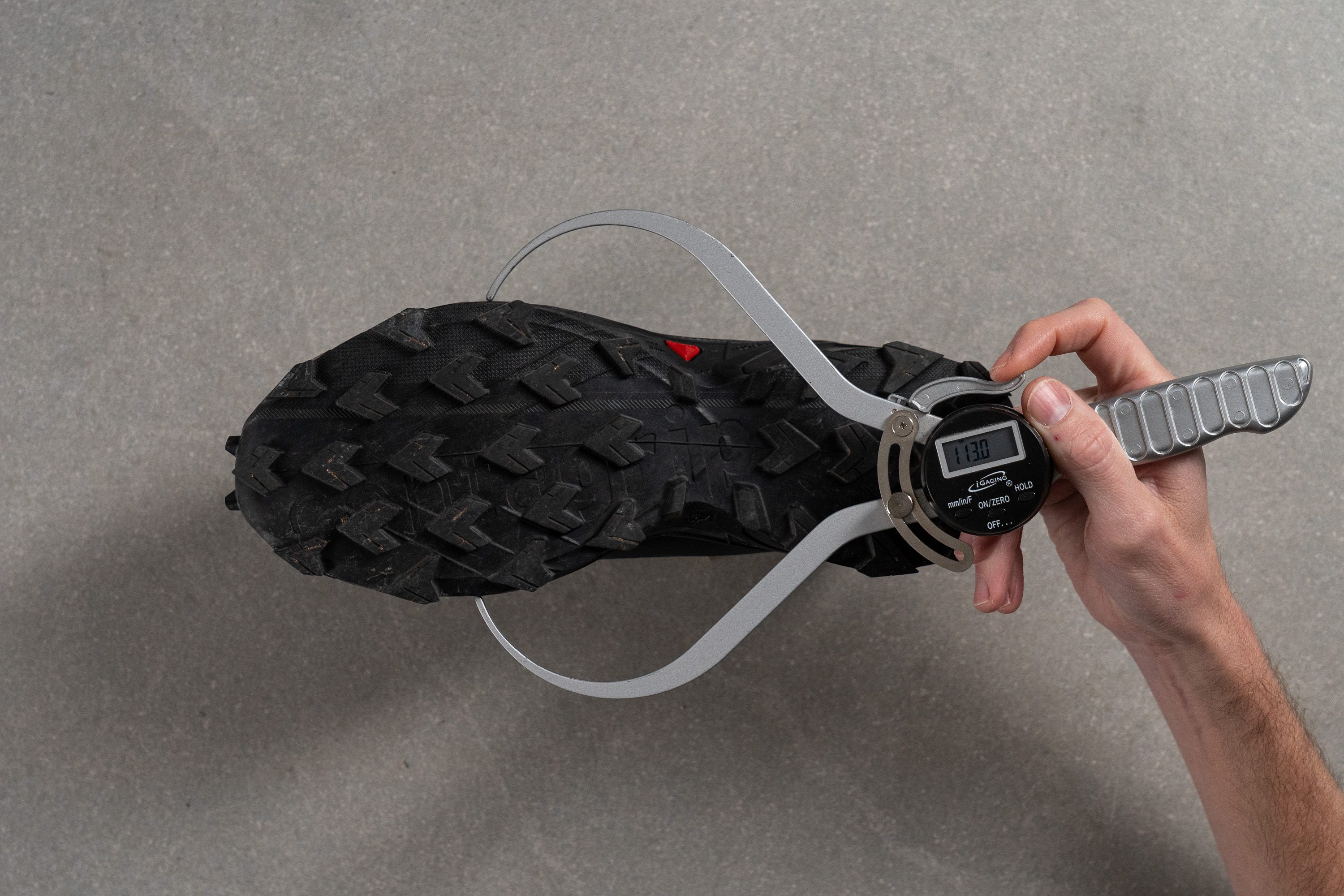
| Thundercross | 113.0 mm |
| Average | 112.8 mm |
Midsole width - heel
In the heel, we measured a midsole width of 88.6 mm, which is a safe approach.
It's not as wide as what you'd typically find in a stability shoe, but at the same time, it's wider than the narrowest, more aggressive shoes on the market.
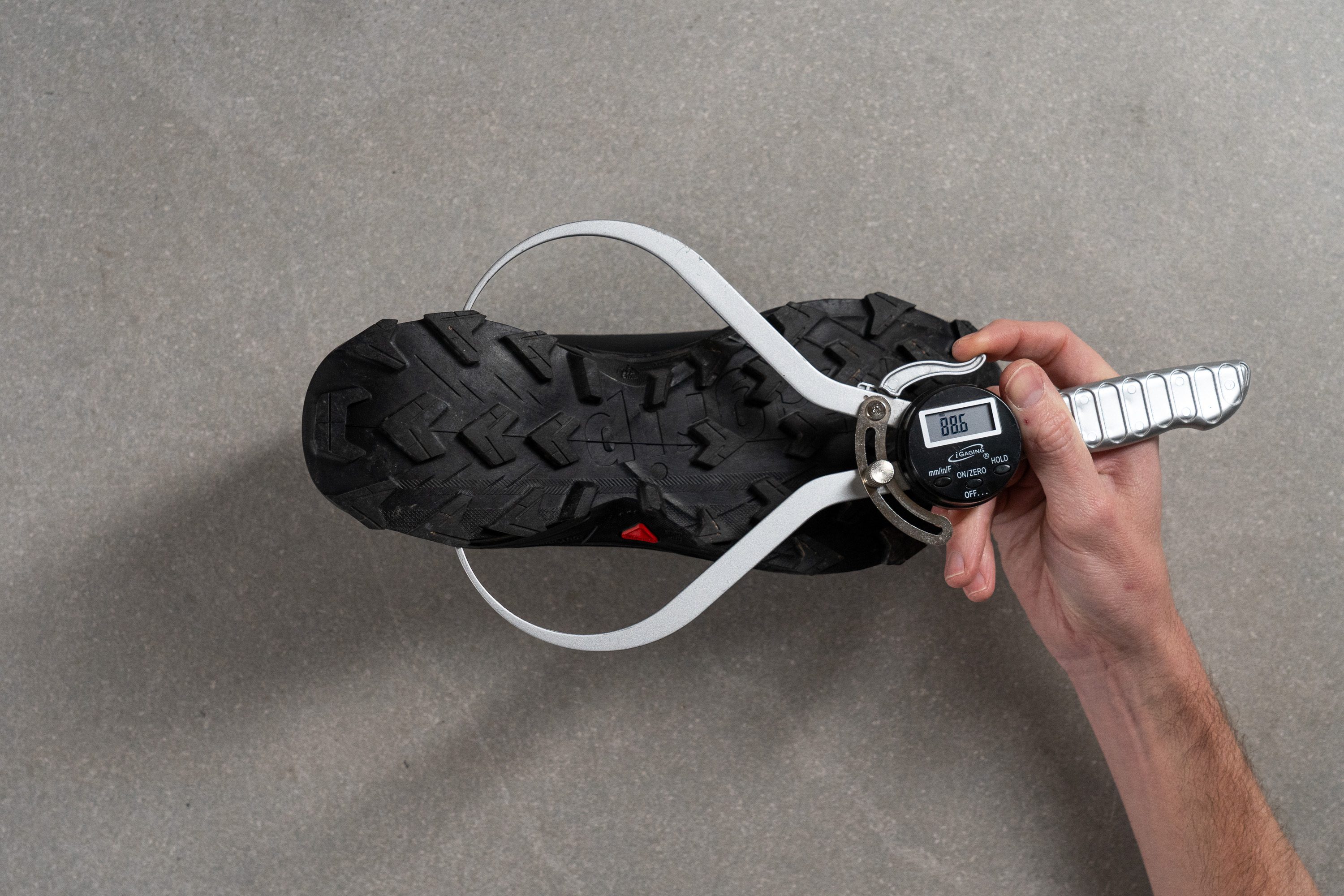
| Thundercross | 88.6 mm |
| Average | 89.9 mm |
Durability
Toebox durability
Uppers with limited ventilation often excel in our toebox durability test, so we were quite excited to put the Salomon Thundercross to the test.
After our rigorous evaluation, we awarded it a 4/5 score, a truly impressive result. The upper boasts a substantial protective layer, making durability a standout strength of this shoe.
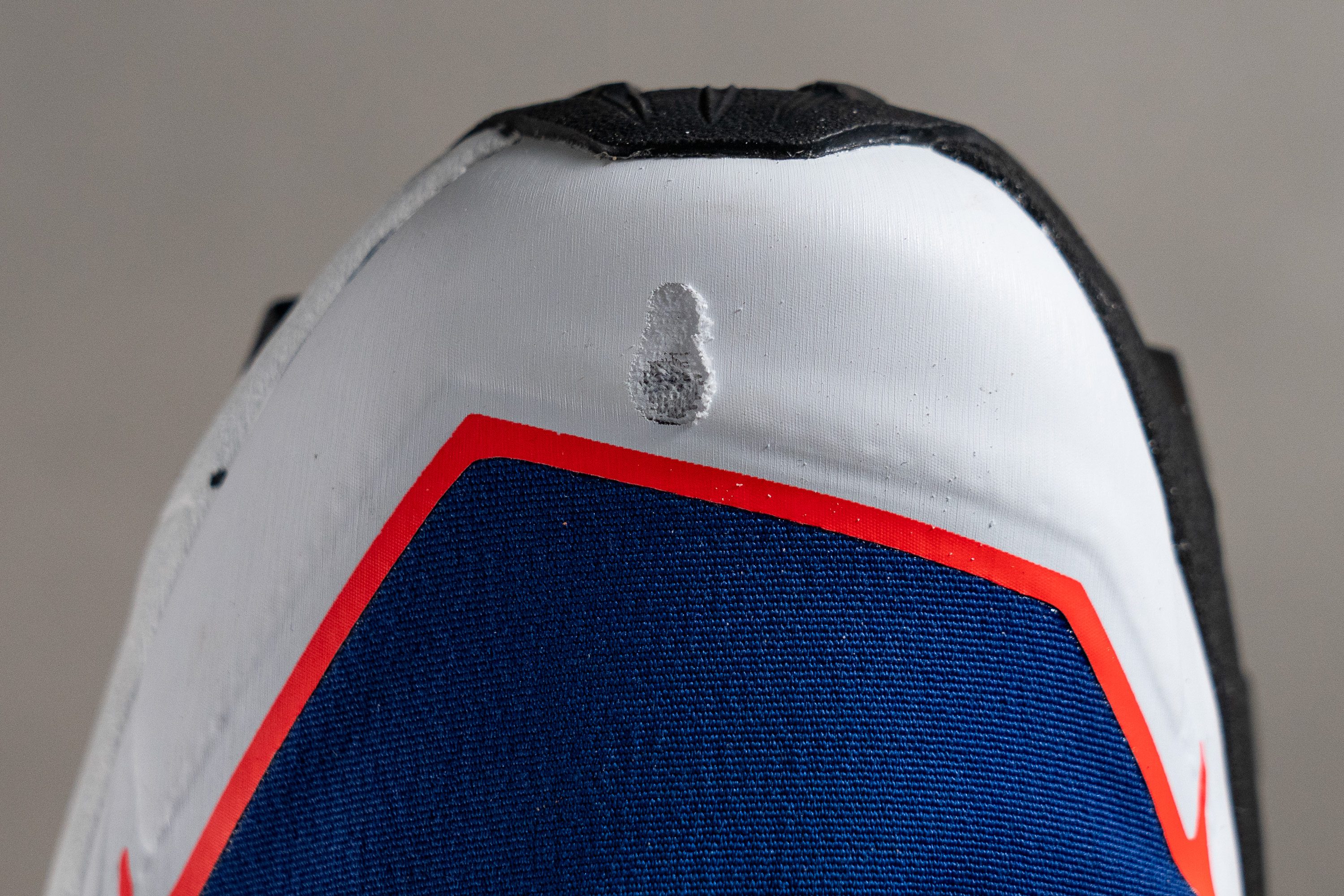
| Thundercross | 4 |
| Average | 3.1 |
Heel padding durability
The heel padding doesn't match the fantastic durability of the upper, but with a 3/5 score in our Dremel test, it passes for us.
In fact, this can sometimes be the best outcome. Shoes with top scores in this test can often be uncomfortable due to having less padding or harsher fabric in this area.
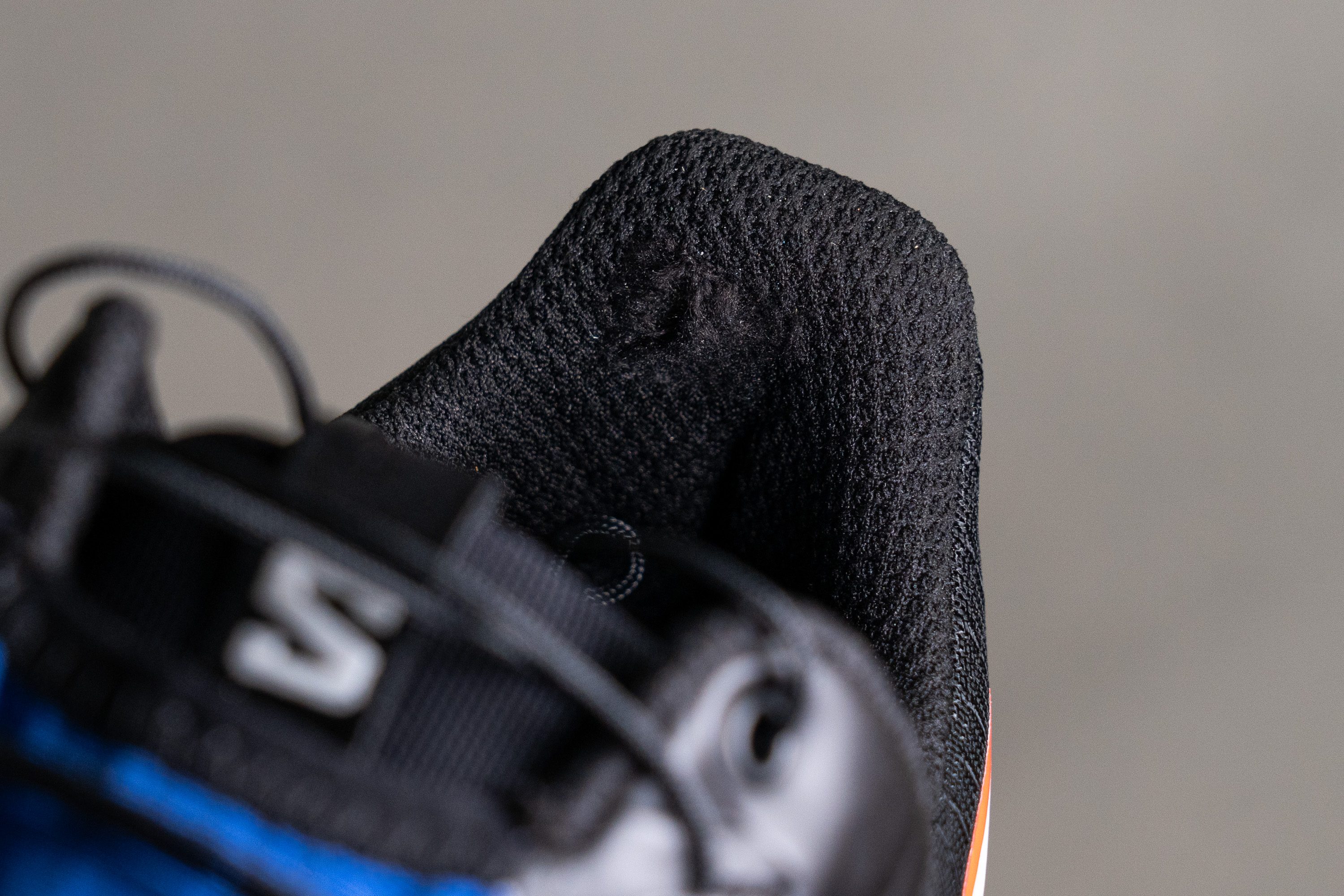
| Thundercross | 3 |
| Average | 3 |
Outsole hardness
We measured the outsole hardness with our Shore C durometer, and it registered 83.5 HC.
This is near the average, which is what most brands aim for to strike a balance between durability and grip.
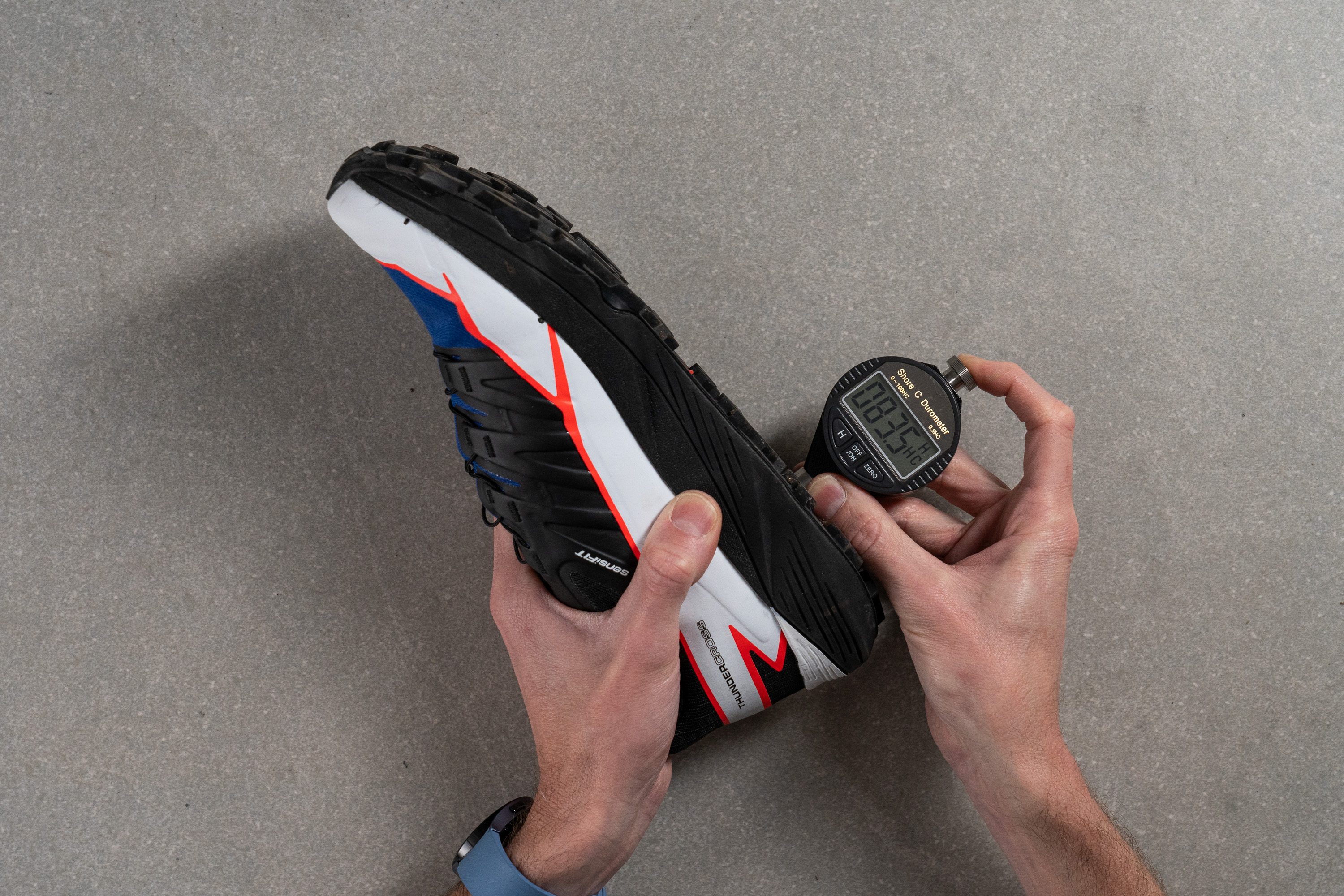
| Thundercross | 83.5 HC |
| Average | 85.8 HC |
Outsole durability
As we expected, the average hardness resulted in average durability.
The 0.9 mm indentation we found in the lug after our last Dremel test is pretty much in line with a typical trail running shoe.
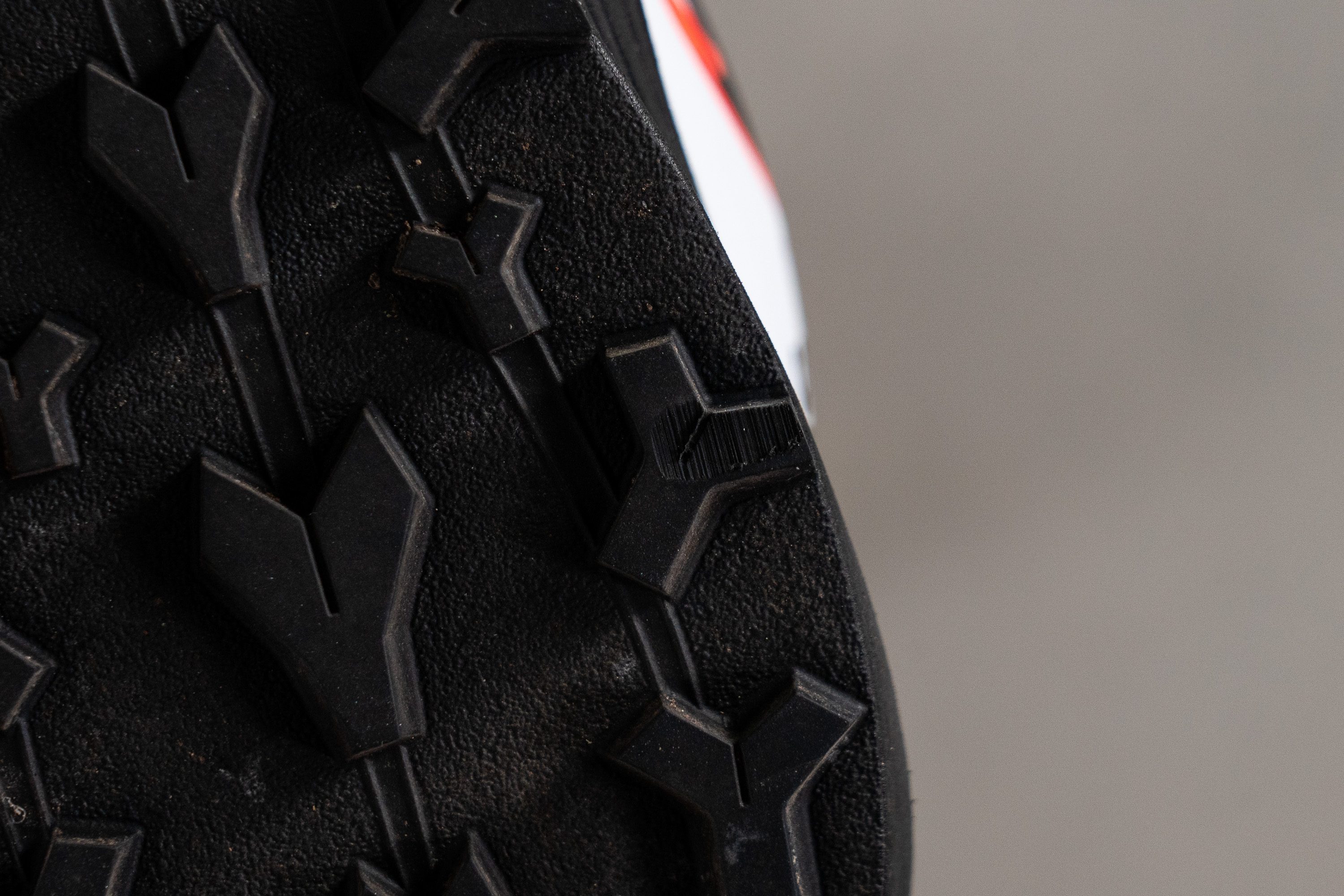
| Thundercross | 0.9 mm |
| Average | 0.9 mm |
Outsole thickness
Using our precision tools, we pinpointed a 2.5-mm thick outsole, which is more than sufficient for this shoe.
It might slightly mute the ride, but without a rock plate, we appreciate that Salomon included at least an average thickness here to protect our feet from potentially sharp rocks.
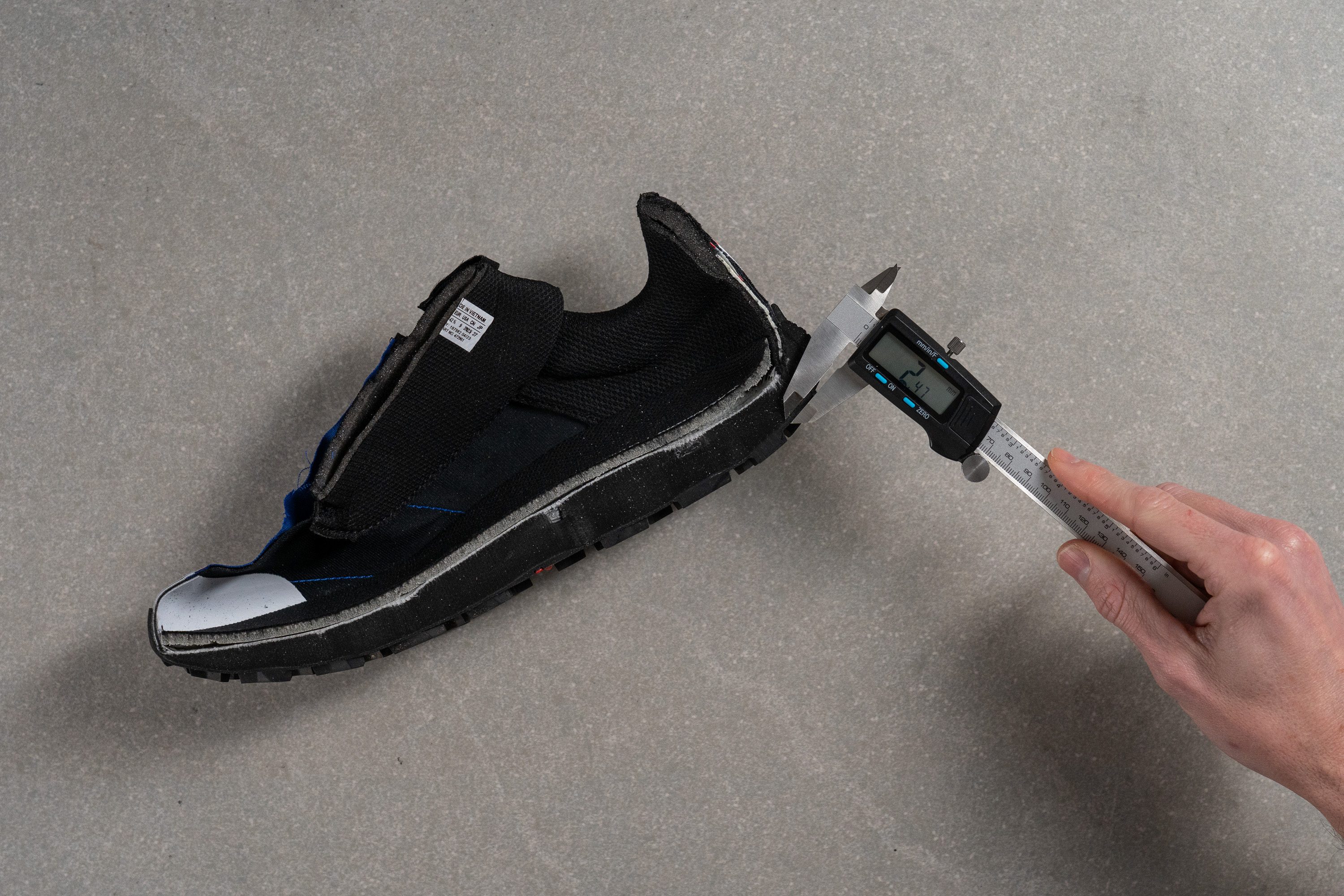
| Thundercross | 2.5 mm |
| Average | 2.2 mm |
Misc
Insole thickness
The insole follows the same pattern as the outsole—it sticks with the average. At 4.3 mm, it fits perfectly for an all-rounder trail running shoe.
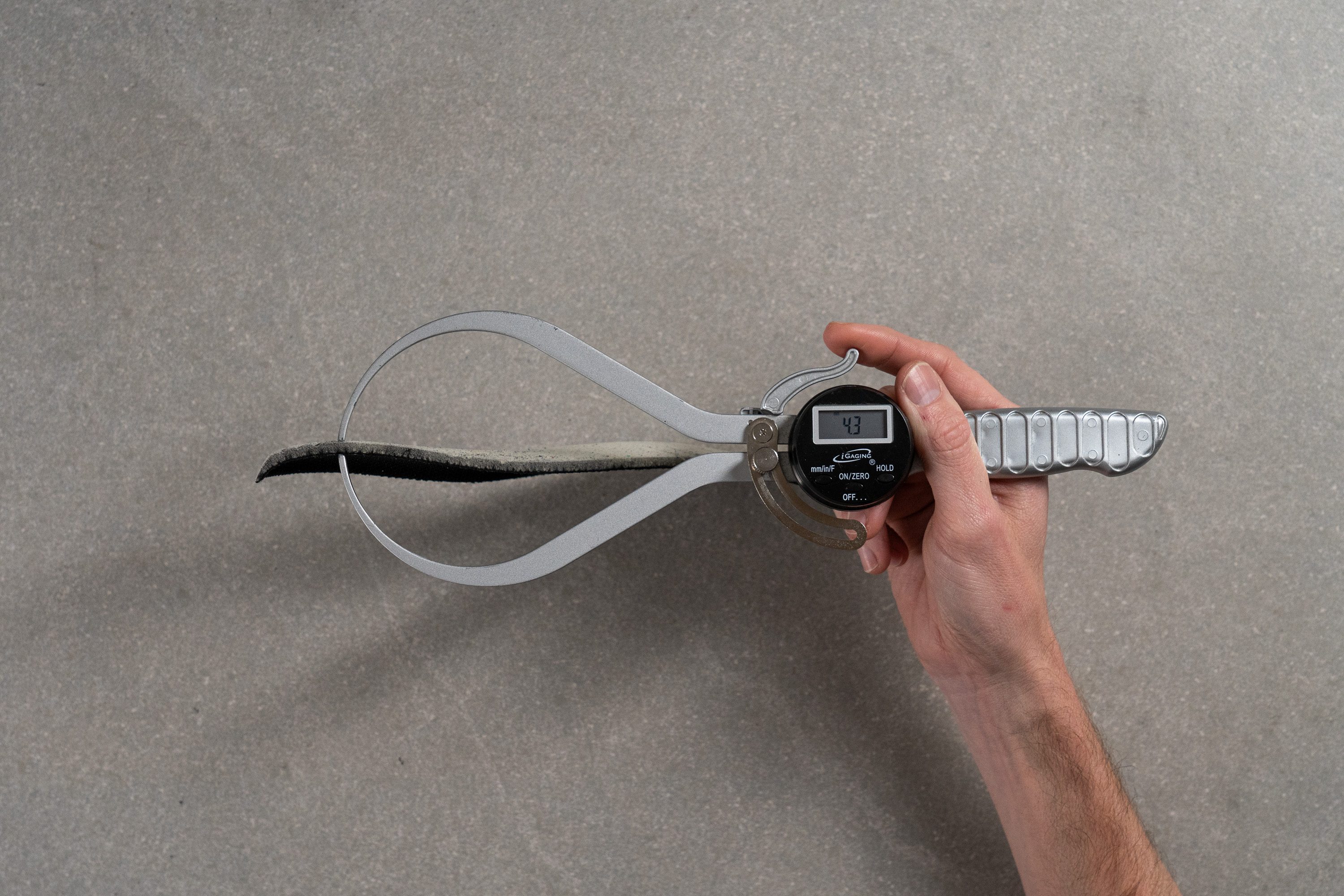
| Thundercross | 4.3 mm |
| Average | 4.7 mm |
Removable insole
Like many Salomon shoes, the insole in this model comes from a partnership with Ortholite. However, it's not as flared as in other models. And you can easily remove it and replace it with a third-party insole without any issues.
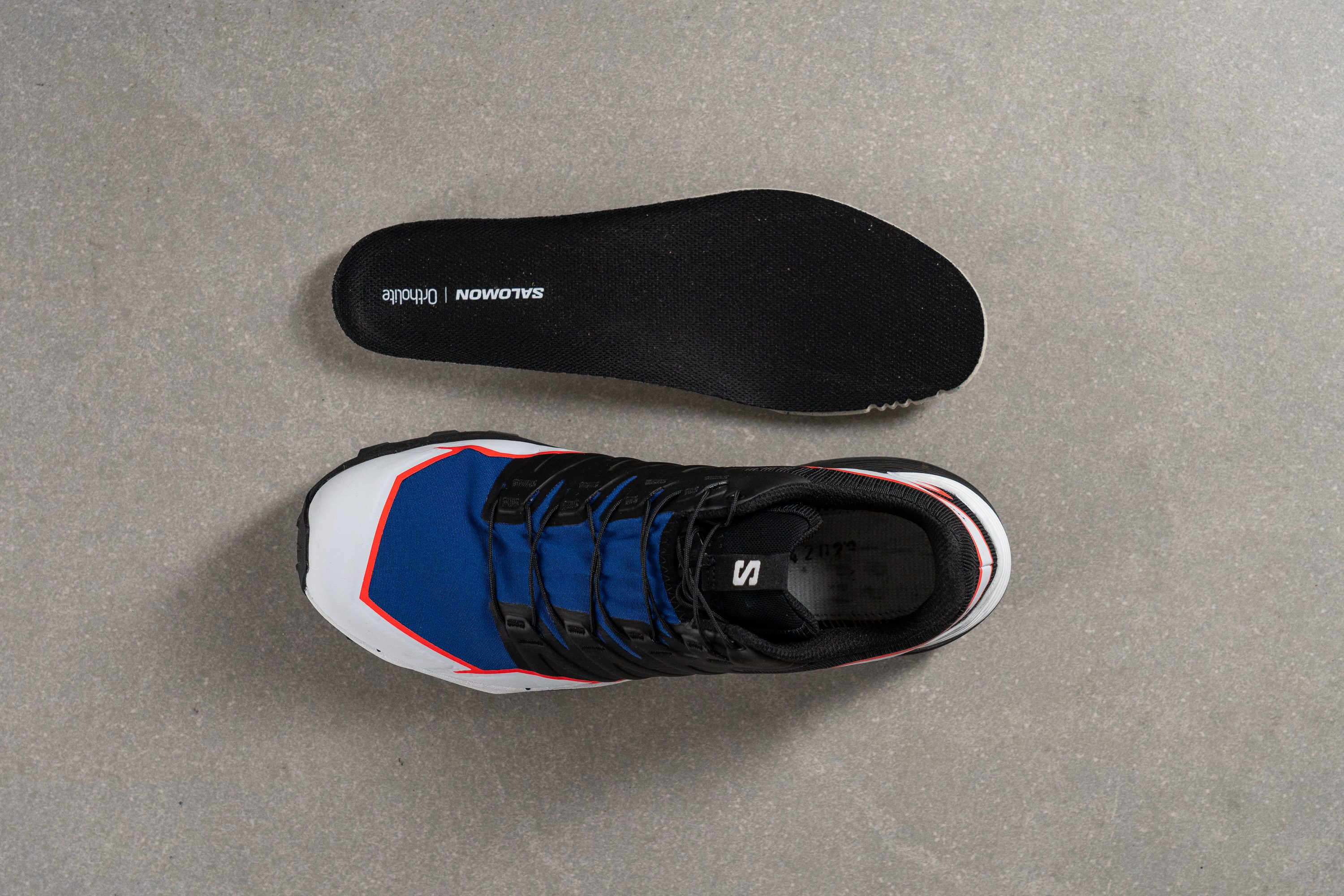
| Thundercross | Yes |
Midsole softness in cold
This shoe, with its upper designed for low temperatures, is expected to perform well in winter. To test this, we placed the shoe in the freezer for 20 minutes and then re-tested it. We found that the softness changed to 25.9 HA.
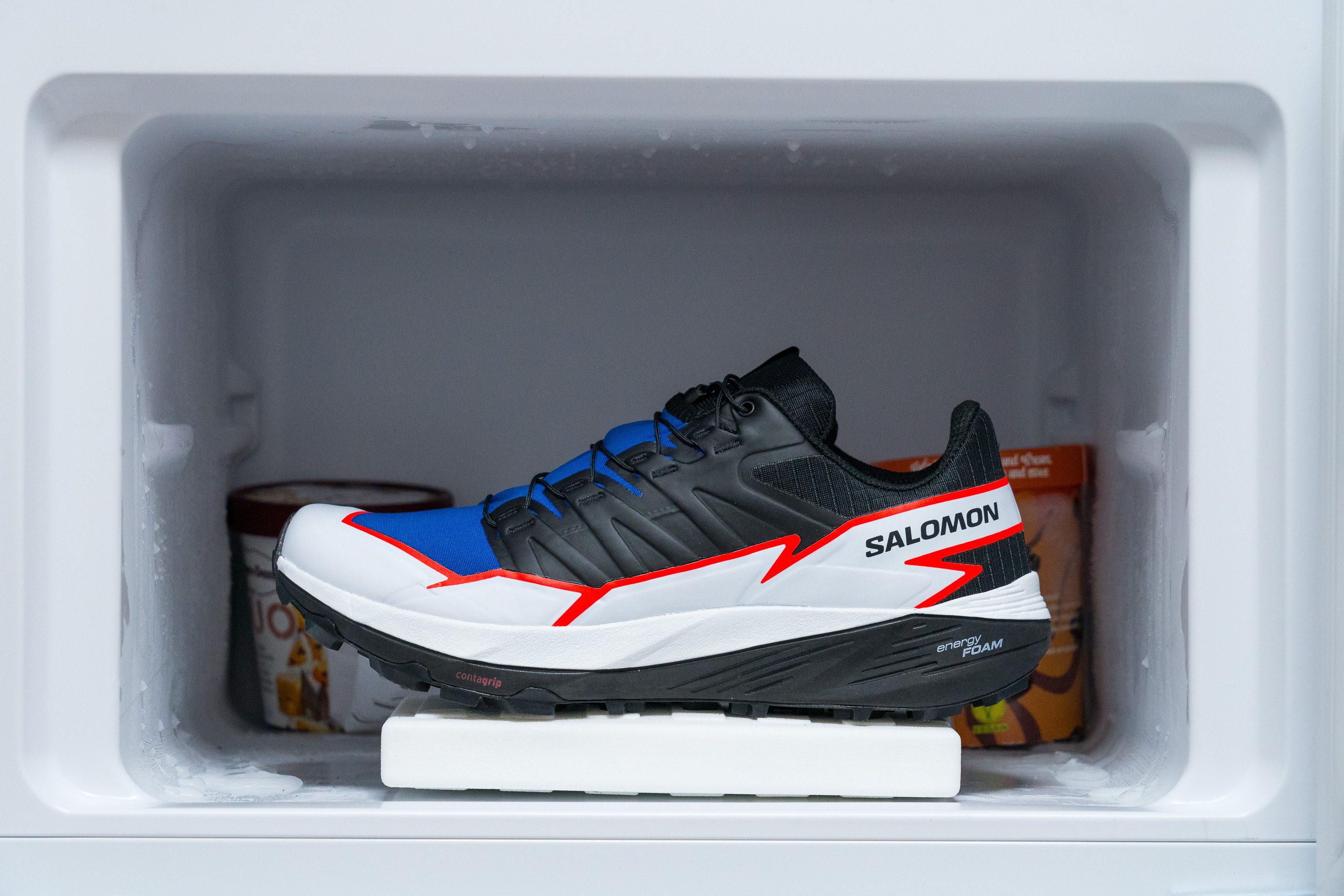
| Thundercross | 24.6 HA |
| Average | 27.4 HA |
Midsole softness in cold (%)
That's a 27.1% increase, which is acceptable. It ensures there won’t be incredibly big differences in how the shoe feels in winter, which is what we expected from a base of EVA—typically underperforming in cold weather—mixed with OBC, which helps to boost its performance.
| Thundercross | 27% |
| Average | 26% |
Reflective elements
The Thundercross lacks any reflective elements, which is quite disappointing for a trail shoe designed for all-day, off-road adventures.
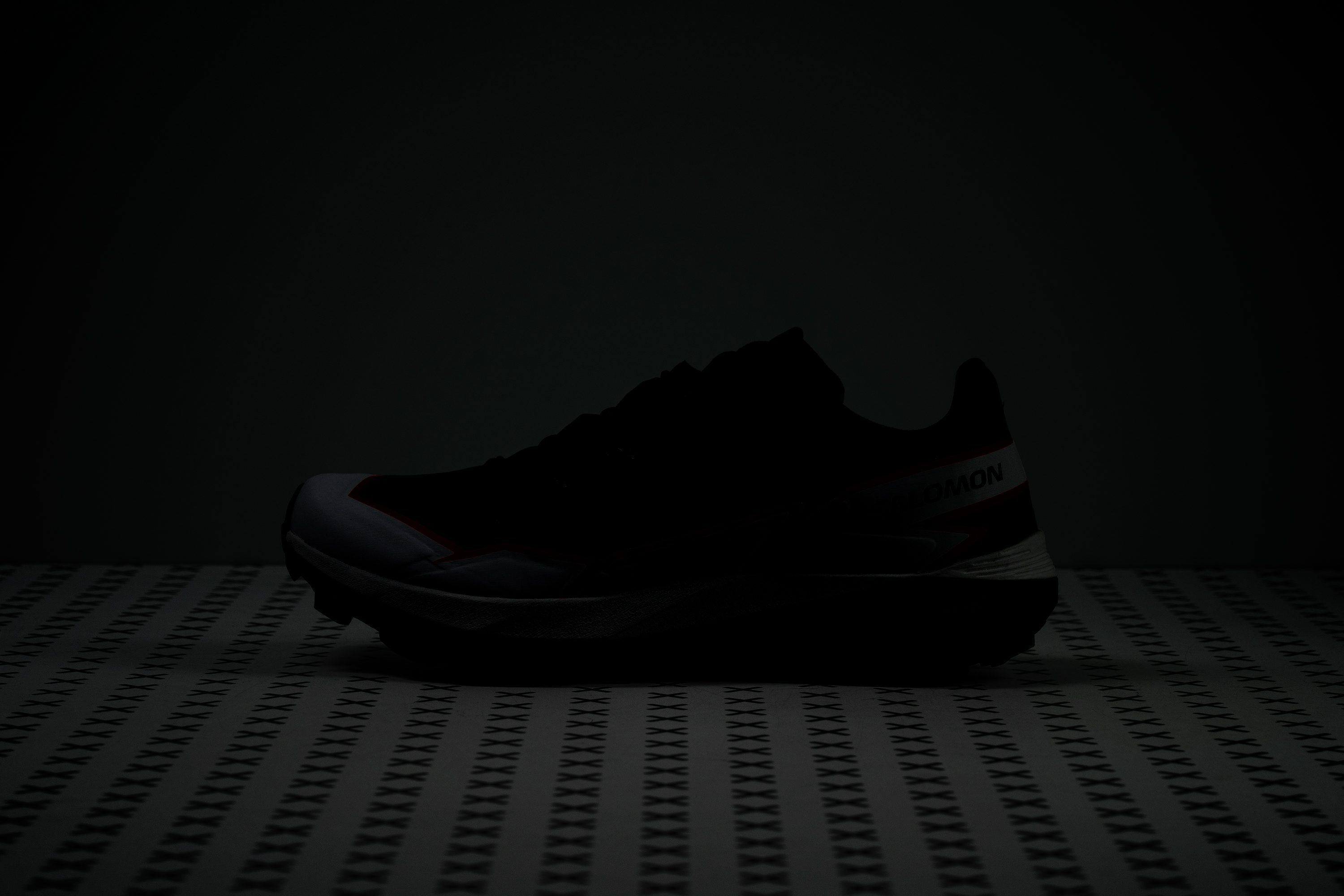
| Thundercross | No |
Tongue padding
With a 7.3 mm thickness, the tongue offers ample padding for comfort, even on long runs.
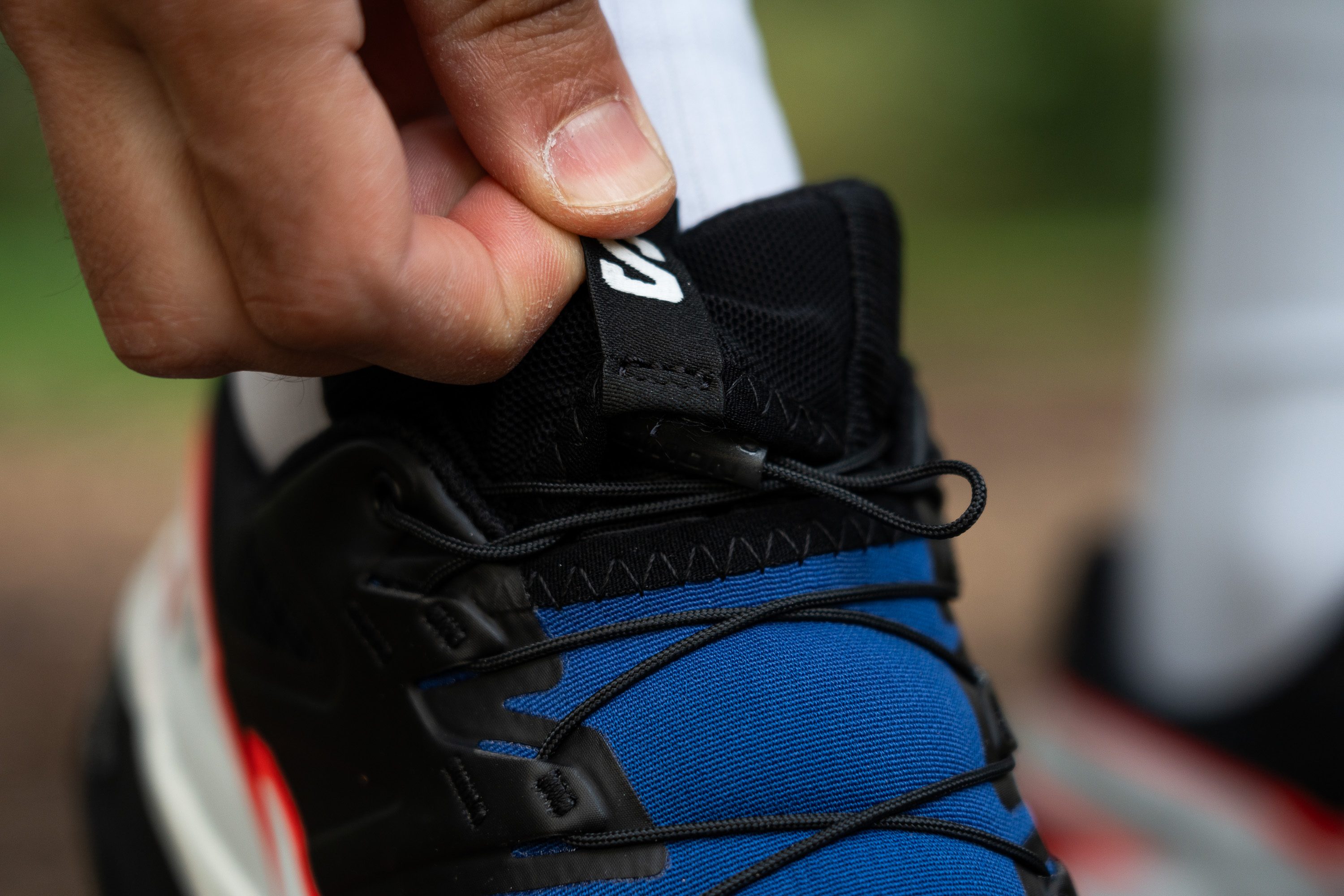
Plus, over-tightening the laces won't be an issue thanks to Salomon's patented Quicklace system. This feature often sparks a love/hate relationship among many runners due to its unique design.
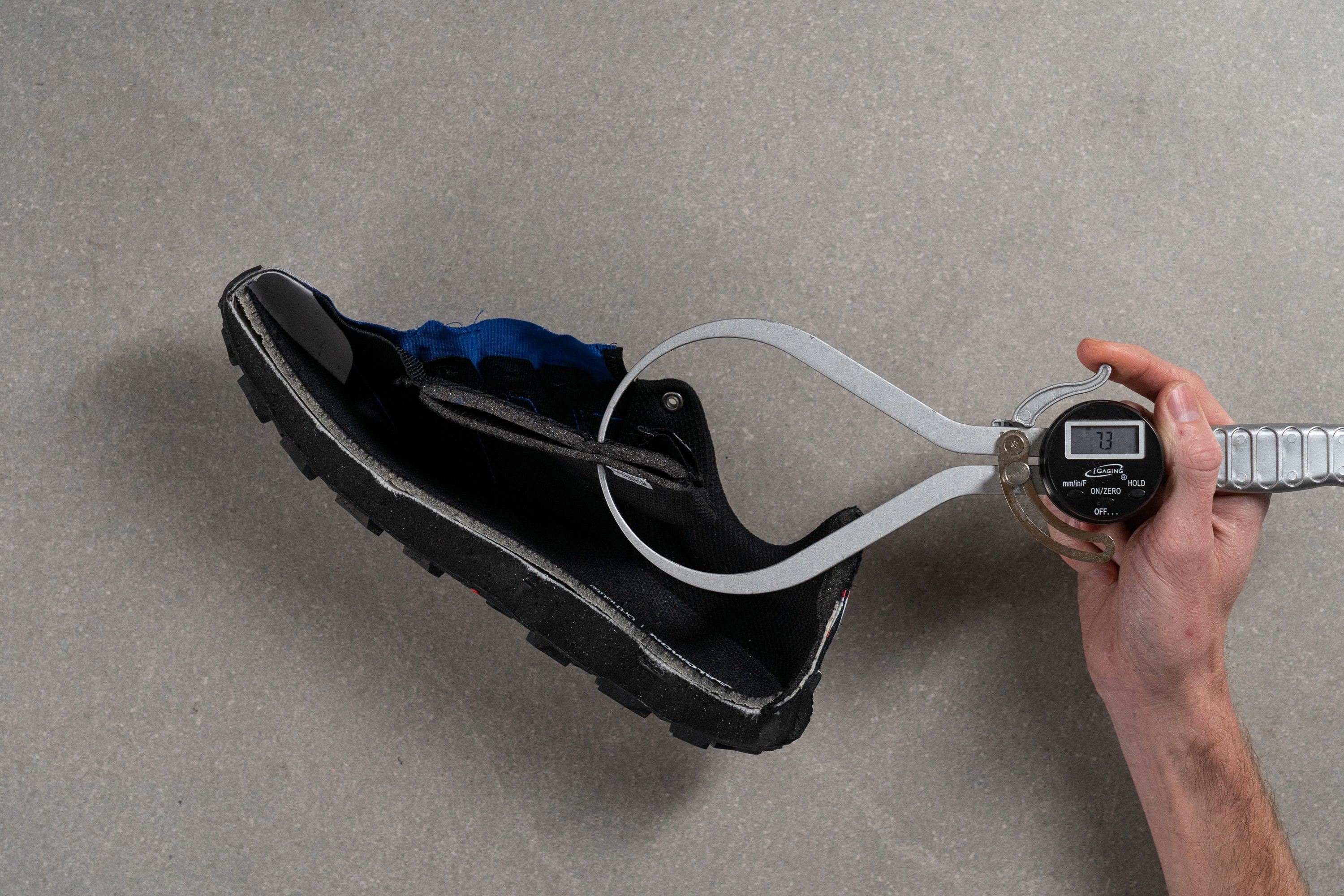
| Thundercross | 7.3 mm |
| Average | 6.4 mm |
Tongue: gusset type
The Thundercross doesn't have a gusset in the tongue, but its boot-like design will prevent most debris from entering the shoe. However, we would have appreciated at least a semi-gusseted tongue.
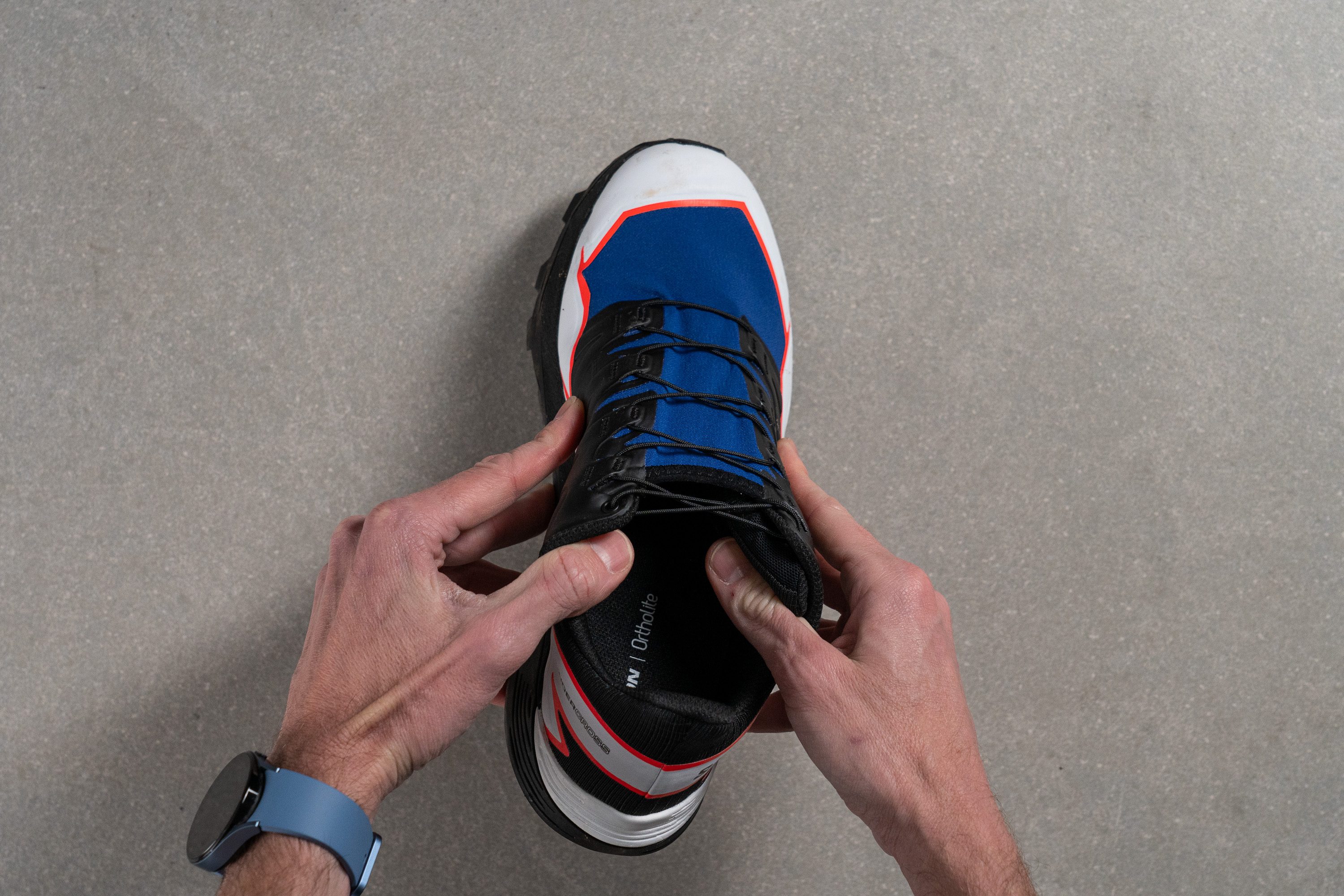
| Thundercross | Bootie |
Heel tab
Despite having the lace pocket tab in the tongue area, we didn't find a heel tab on the shoe. However, from a functional standpoint, it doesn't really need one.
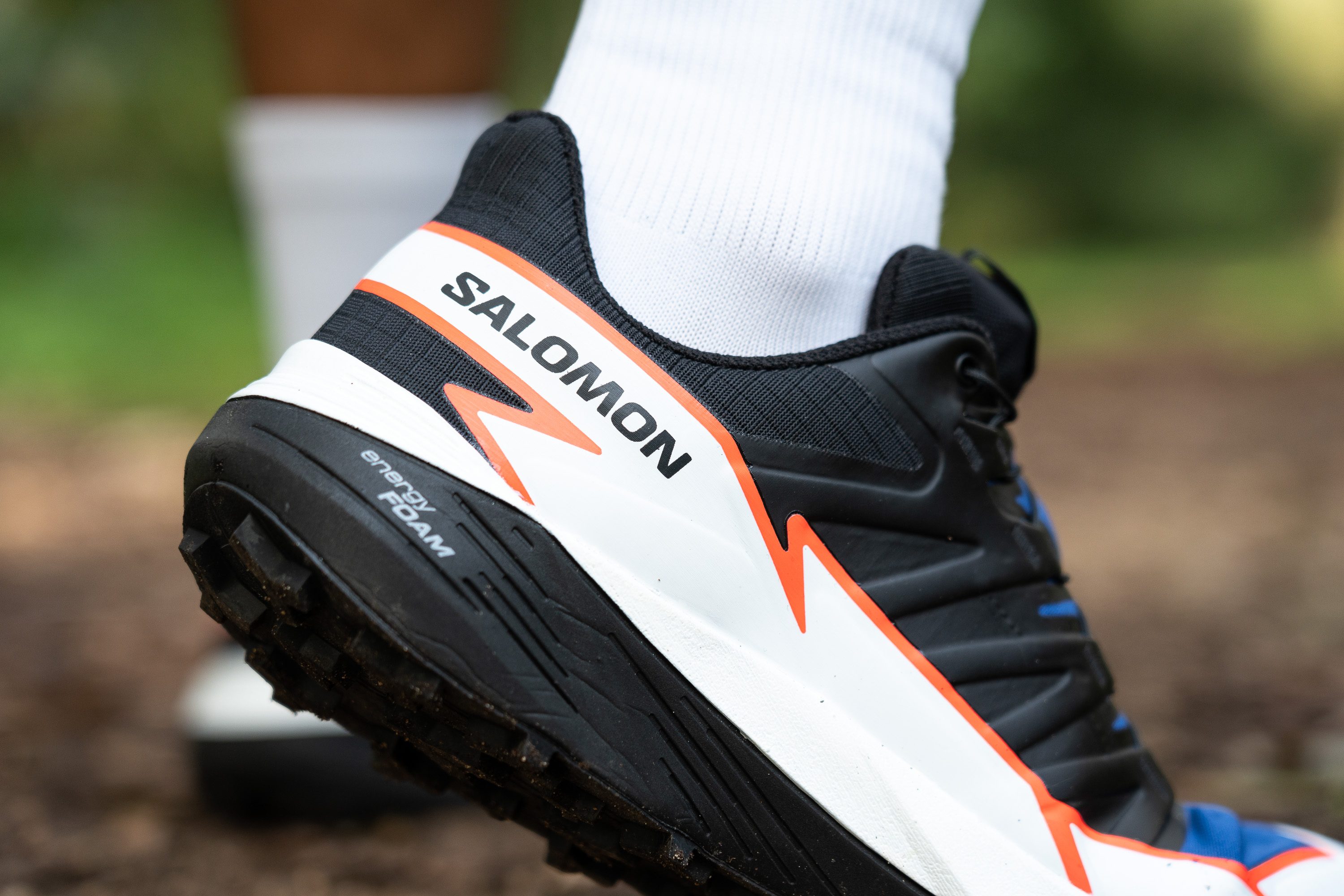
| Thundercross | None |

